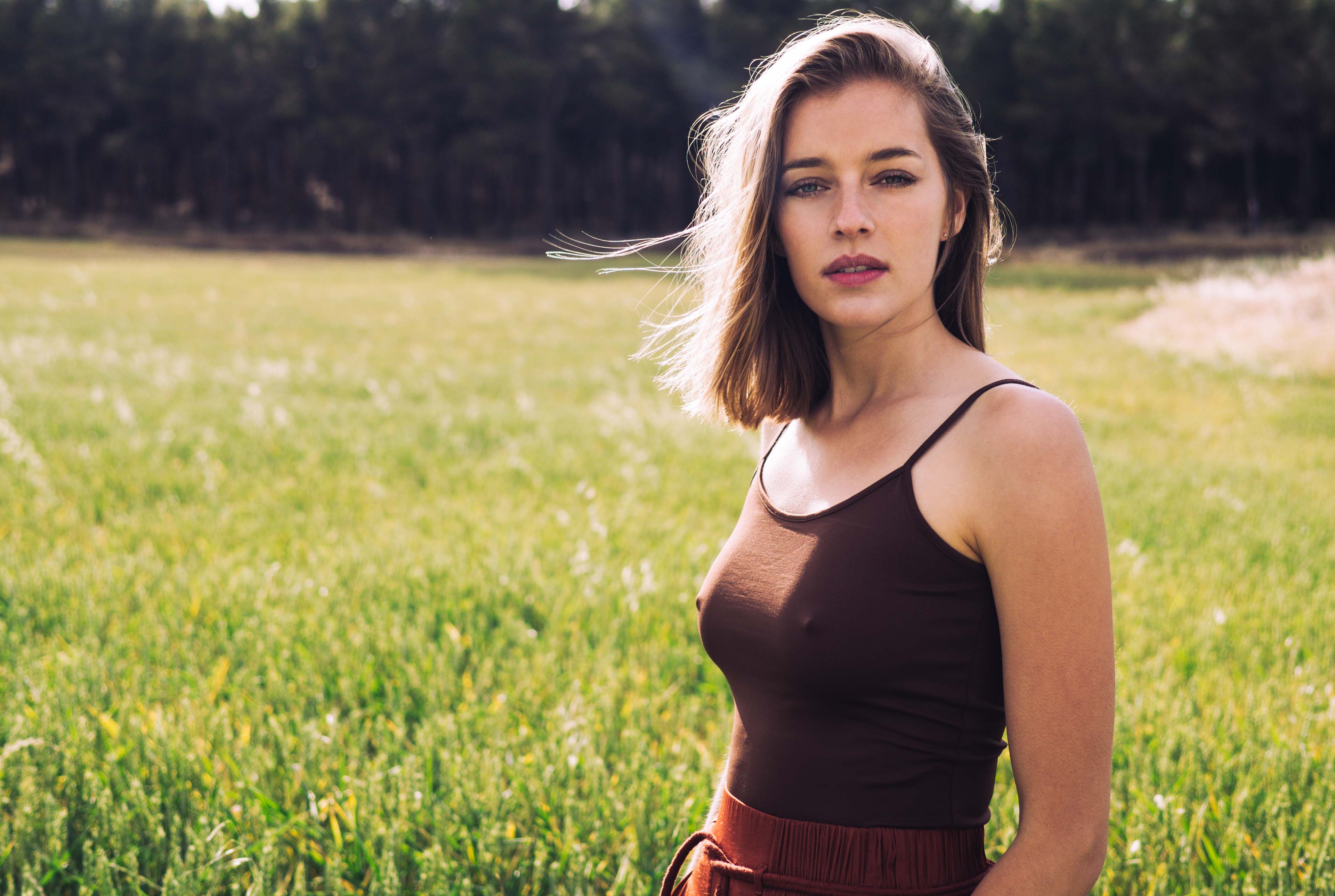Sad news.
My first week as a 32-year-old has been pretty intense as far as worldwide politics are concerned. The Greek crisis seems to be nearing its end, after an agreement was reached on a Tsipras proposal to the Eurogroup, which was then passed by the Greek parliament. Whatever happens, Greece’s fate in the Eurozone will be decided in tomorrow’s EU Summit.
However, Tsipras was forced to give up many of his previously non-negotiable items, like cutting pensions and raising taxes. In exchange for those concessions, he did get a far better deal though, so this is another classic political scenario where everyone gets to go home a winner. Unless you’re a member of the opposition, that is.
To me, the greatest loser in this whole affair was, ironically, Germany. They may have gotten what they wanted from the negotiations, but I suspect the deplorable behavior displayed by Angela Merkel throughout this whole deal, exemplified more than anything by her absolute refusal to grant Greece some form of debt relief, will take its toll on the country as a whole sooner or later. Germany may be the de-facto leader of the Eurozone today, but they would do well to remember that what goes around comes around.
♤
Another hotly-debated topic on the Internet this week was, of course, the matter of advertising on the Web and the rise of ad-blocking technology. But more on that later.
And on the thanks-for-playing category, both Ellen Pao and Joshua Topolsky were “invited” out of their jobs as Reddit CEO and Bloomberg Digital Editor, respectively. I know the official story is that Pao resigned voluntarily and Topolsky’s departure was “amicable and mutually agreed upon”, but still. It’s painfully obvious neither of them are happy with the way things unfolded.
In the absence of any other Earth-shattering news over the past seven days, there was plenty of time for writing, which resulted in yet another flood of interesting pieces for this weekend’s roundup. Let’s get to it, shall we?
Issue #6: on Greece, ad-blocking, women in uniforms, the Persian world of ’ta’arof’, and the relationship between calories and weight loss
Lots of interesting pieces were published during these past seven days. From the political turmoil in Europe to the debate about calories, with a brief stop on the green lawns of Wimbledon along the way, this issue of Morning Coffee is sure to entertain all readers. Enjoy.
Behind Germany’s refusal to grant Greece debt relief | Yanis Varoufakis →
Former Greek finance minister Yanis Varoufakis wrote a fascinating op-ed for The Guardian this morning:
And there’s the rub. After the crisis of 2008/9, Europe didn’t know how to respond. Should it prepare the ground for at least one expulsion (that is, Grexit) to strengthen discipline? Or move to a federation? So far it has done neither, its existentialist angst forever rising. Schäuble is convinced that as things stand, he needs a Grexit to clear the air, one way or another. Suddenly, a permanently unsustainable Greek public debt, without which the risk of Grexit would fade, has acquired a new usefulness for Schauble.
What do I mean by that? Based on months of negotiation, my conviction is that the German finance minister wants Greece to be pushed out of the single currency to put the fear of God into the French and have them accept his model of a disciplinarian eurozone.
Ouch. Think what you will about Varoufakis, but once thing is clear: he does not mince words.
♤
Content blockers, bad ads, and what we’re doing about it | Rene Ritchie →
At the heart of the ad-crisis this week was one site: iMore. Shortly after this bomb exploded in their face, Rene Ritchie did an admirable job of taking it on the chin with an honest, open and respectful explanation of why things are the way they are, and more importantly, how they’re planning to fix them. Definitely a good read.
♧
Private I: Firefox and others deal with unwanted trackers, whether ads or malicious | Glenn Fleishman →
In this piece for Macworld, Glenn Fleishman goes over the real implications behind Do Not Track technology. Apparently, despite all major browsers implementing the Do Not Track feature, the advertising industry is under no obligation to honor the setting, which has prompted Firefox to come up with their own, more aggressive way of protecting their users’ privacy. There are lots of useful bits of information here about how tracking technology works and what it means for users, so be sure to check it out.
♡
Facebook’s piracy problem | Will Oremus →
Eye-opening piece on how Facebook enables — maybe even encourages — users to steal YouTube videos and upload them as native Facebook videos:
To that end, Facebook has built its own video platform and given it a decisive home-field advantage in the News Feed. Share a YouTube video on Facebook, and it will appear in your friends’ feeds as a small, static preview image with a “play” button on it—that is, if it appears in your friends’ News Feeds at all. Those who do see it will be hesitant to click on it, because they know it’s likely to be preceded by an ad. But take that same video and upload it directly to Facebook, and it will appear in your friends’ feeds as a full-size video that starts playing automatically as they scroll past it. (That’s less annoying than it sounds.) Oh, and it will appear in a lot of your friends’ feeds. Anecdotal evidence—and guidance from Facebook itself—suggests native videos perform orders of magnitude better on Facebook than those shared from other platforms.
I hate autoplaying videos on the Web, especially on Facebook. To be honest, this doesn’t surprise me in the least.
♢
When woman is boss: Nikola Tesla on gender equality and how technology will unleash women’s true potential | Maria Popova →
Yesterday was the 159th anniversary of Nikola Tesla’s birthday, and this is yet another fascinating anecdote about one of the smartest men the world has ever seen.
♤
‘Orange Is the New Black’ is the only TV show that understands rape | Jada Yuan →
Spoiler Alert. If you’re not caught up with Orange is the New Black, you may want to skip this one. Much has been written about the poor way TV shows generally depict rape — most notably, Game of Thrones. As a society, we can’t afford to become desensitized about such a cruel act, which is why sometimes we need to endure the real horror behind it. Kudos to the show’s makers for not shying away from this.
♧
Social Issues: a woman in uniform →
Another eye-opening piece by an anonymous NYPD officer. I don’t want to spoil this one, so I won’t quote any excerpts here. Just go read it.
♡
In the Persian world of ’ta’arof,’ they make offers that will be refused | Sarah Parvini →
This sounds vaguely familiar:
In the world of ta’arof, the Persian art of etiquette, people fight over who pays the bill, seem to refuse payments for a purchase, pretend they don’t want something to eat when they’re starving. In a culture that emphasizes deference, ta’arof is a verbal dance that circles around respect.
We Spaniards are very similar when it comes to social etiquette. We often insist on paying for a meal, or a round of drinks, particularly when there are foreigners among us. If you have friends in Spain, you could go out for dinner and drinks and come back home three hours later, drunk and completely stuffed, all without having been given a single chance to pay for anything. This cultural heritage has deep roots, and is shared across many different nations. It’s simply in our blood. If you don’t believe me, come to Spain and see for yourself.
♢
Nick Kyrgios is a pantomime villain without a cause | Oliver Brown →
In this super-harsh — but pretty spot-on — criticism of Nick Kyrgios following his elimination at Wimbledon, Oliver Brown makes a good case that fame and recognition in sports need to be backed up by results on the court, and Kyrgios so far has failed to live up to the hype. The young Australian player shows promise, no doubt, but truly great players let their racquets do the talking.
♤
Wimbledon Centre Court mesmerised by enduring wonder of Roger Federer | Owen Gibson →
Tomorrow, Roger Federer will contest an unprecedented 10th Wimbledon final in his quest to win an also unprecedented 8th title at the All England Club. Yesterday, Federer dispatched World No. 3 Andy Murray in straight sets, in one of the finest displays of tennis Wimbledon has seen in years.
Whatever happens tomorrow vs World No. 1 Novak Djokovic, the legend of Roger Federer keeps getting bigger.
♧
The problem with “calories” | Conor McClure →
Conor makes a great point that, when it comes to fitness and weight loss, counting calories is not everything and in fact, we may be looking at the problem the wrong way. I very much agree with most of Conor’s post, I just have one small remark about this:
So, how does one reduce fat accumulation if calories aren’t the answer? It turns out that there is but one way for fat to be deposited in your body: the hormone insulin, a hormone released by the pancreas when (and only when) carbohydrates enter the bloodstream (unless, of course, you are diabetic, but that’s another conversation.)
He’s right about the way insulin works, but clearly there’s another way for the body to accumulate fat: by eating fat. That said, this doesn’t take away from the point he was making, which is that we typically get fat when we consume excessive amounts of carbohydrates that trigger an excessive release of insulin into the bloodstream.
All in all, Conor’s piece was excellent and his reasoning solid. I also agree that counting calories tends to create habits designed to achieve short-term goals that are not sustainable in the long run. Instead, we should look at the bigger picture and make lifestyle choices that will pay off in the long term by resulting in longer, healthier lives.
♡
The Fuji X100T review | Marius Masalar →
Another great review over at Tools & Toys. I’ve always been curious about the Fuji X100 series of cameras. They’re not only small and inconspicuous, but they appeal to the romantic side of photography, which is something I deeply enjoy. This amazing review by Marius Masalar makes a great case for the Fuji X100T as a tool for people that aren’t interested in owing the latest and greatest gear, but in taking better photographs. It’s hard to argue with that.
♢
Afterword
As you’ve seen, this has been another great week for writing on the Web. With pieces like these, your weekend reading needs should be well taken care of.
I’ve been busy, too, if I may say so. Earlier in the week, I published a lengthy article about working with models in photography that, at over 5,000 words long, is perhaps the longest piece I’ve ever published on Analog Senses. The article is intended as a sort of practical guide for those who are interested in working with models but don’t quite know how to approach the issue for the first time. I’ve received some great feedback on this piece, which is why I haven’t ruled out the possibility of publishing a revised version of the article, perhaps as an ebook. We’ll see how it goes but so far, it’s an interesting thought.
Other than that, I’m currently working on my next lens review for Tools & Toys, which should see the light of day on Tuesday. This is one of the first lenses to acquire legendary status in the Micro Four Thirds system: the Panasonic Leica 25mm f/1.4.

I’ve owned this amazing lens for over a year now, and it’s given me some of my favorite shots since then, some of which you’ll hopefully see on Tuesday.

Now, if you’ll excuse me, I have to get back to work. Enjoy the rest of your weekend and, of course, thank you for reading.
Microsoft launches Office 2016 for Mac — but only for Office 365 subscribers →
Kirk Koenigsbauer, writing on Microsoft’s Office blog:
Office 365 subscribers can get the newest version of Office for Mac today. All you need is an Office 365 subscription (Office 365 Home, Personal, Business, Business Premium, E3 or ProPlus), which includes the rights and access to use Office applications on Mac, Windows, iOS and Android devices, along with additional value in OneDrive and Skype.
Non-subscribers will have to wait until September to be able to purchase a standalone version of Microsoft’s productivity suite.
If you had any doubts that Microsoft is trying to drive their customers to the subscription-based model of Office as hard as they can, this should put them to rest once and for all.
According to Apple I’m now the proud owner of a vintage iMac →
In Apple’s officially sanctioned terminology:
Vintage products are those that have not been manufactured for more than five and less than seven years ago.
That means my beloved Early-2008, 24” iMac is now officially a vintage Mac. Alas, it also means it’s no longer serviced by Apple. Can’t win them all, I guess.
In all seriousness, this iMac is unkillable. Almost 8 years after I bought it, it continues to be my main Mac, and thanks to the SSD upgrade I installed last year, it actually performs better than it ever did.
I have no need for a new desktop Mac, but with Apple eliminating support for my iMac, my last lifeline has now been officially removed. Which kind of sucks, even if it’s entirely understandable — this thing used to have a 500GB internal spinning hard disk, for crying out loud.
I’m a big fan of DIY repairs, but everything has its limits. I’m afraid next time something goes wrong with my iMac, it will finally die for good. After everything it’s endured, it will be a well-deserved rest.
Via Stephen Hackett.
Photo-editing Mac app ‘Affinity Photo’ reaches public release →
After several months in public beta, Affinity Photo has reached public release and is now available for purchase on the Mac App Store with a special 20% discount until July 23rd.
Affinity Photo is a new photo-editing app for the Mac by the creators of the 2015 Apple Design Award winner app, Affinity Designer. Though it provides a complete solution for editing photos in one application, it’s clearly intended more as a competitor to Adobe Photoshop than to Lightroom.
I’ve only taken a brief look at it so far, but there appears to be plenty to love about Affinity Photo. Ostensibly aimed at professional users, I’d say it strikes a nice balance somewhere between the simplicity of Pixelmator and the power of Photoshop, and it’s sure to win the hearts of many photo enthusiasts around the world.
I still don’t know if it will be a suitable replacement for Lightroom / Photoshop for me, but then again, my needs are far from mainstream. Not many people use their photo-editing app to do color negative film processing these days, so I can definitely understand the omission.
That said, this may be a great opportunity to learn how to process my negative film scans by manually inverting each individual color channel, as opposed to relying on a Photoshop plugin like ColorPerfect.
Then, of course, there’s the small detail that, being a native Mac app built from the ground up with modern technology, there’s a pretty good chance Affinity Photo will run laps around Lightroom and Photoshop in the performance department. And though it’s still working like a champ, my aging iMac clearly needs all the help it can get at this point.
In any case, I’ll be putting Affinity Photo through its paces shortly, so be sure to stay tuned for a more in-depth take on it.
Matt Gemmell’s new book, ‘Writing in Markdown’, is now available →
Matt Gemmell’s new book is out today. It’s called Writing in Markdown, and it’s the first in a new series of short books by publisher Five Simple Steps. The series is called Fast Reads, and the idea is to create short, informative and densely packed books that are easy to read in one sitting and provide a comprehensive overview on any given topic. In Matt’s own words:
I write every article on this site (and my articles for publication elsewhere, in magazines and online) in Markdown. All my notes are in Markdown files. My weekly members-only newsletters begin life as Markdown files. I even think in that format.
It was fitting, then, that I was offered the opportunity to write a Fast Read – the first in the series, no less – about using Markdown. I gladly accepted, and I’m pleased to announce that the book is now available.
It’s called Writing in Markdown, it’s about 5,000 words long, and you can read it cover-to-cover in around twenty minutes. It costs £2.50 (or $3.80, or €3.50), and it’s available now.
Like Matt, I do most of my writing in Markdown, including all of my writing here on Analog Senses, plus my regular collaborations in other sites like Tools & Toys.
I really enjoy the simplicity of the Markdown format, but I especially appreciate its power. Being able to write in a readable format that can be converted to HTML in a straightforward, no-nonsense way is a huge benefit in my work. If your work — or play — involves writing for the Web at all, you could probably benefit a great deal from using Markdown.
Samsung announces new 2TB 850 EVO and 850 Pro SSDs →
Brett Howse, writing for AnandTech:
The 850 Pro retails for $1000, and the 850 EVO retails for $800. Although not inexpensive by any means, and still much more than the $75 of a spinning disk, the prices are right around double the 1TB models in the lineup so there is not any extra premium to get the larger models at this time.
$800 is a lot of money, but if you need an SSD, they’re worth every penny.
Disney announces Han Solo standalone film →
Massive news over at starwars.com:
The screenplay is written by Lawrence Kasdan and Jon Kasdan. The story focuses on how young Han Solo became the smuggler, thief, and scoundrel whom Luke Skywalker and Obi-Wan Kenobi first encountered in the cantina at Mos Eisley.
No word on casting yet, though. I just hope they know what they’re doing. Via Kottke.
Instagram begins rolling out higher-resolution uploads →
Vlad Savov, over at The Verge:
An Instagram spokesperson tells us that the company started “gradually rolling out 1080 across iOS and Android” last week, meaning that most people should already be seeing the higher-resolution images in the mobile app. Alas, Instagram on the desktop remains a second-class citizen, as Instagram says that “right now we are focused on mobile, with no plans to share on web.”
I don’t mean to brag, but I totally called this one.
Via Mike Bates.
It’s no secret that working with models in photography can be challenging. One of the most interesting aspects of the photography course I took over the past few months was the chance to work with experienced models in a controlled environment. That was a great way to learn how to interact with them in a professional way and, more importantly, how to take the reins of a shoot in order to direct the session and get the results you want.
In this piece I’ll share a bit of my own experience during the course, as well as out there shooting in the real world. Hopefully that’ll give you an opportunity to learn from my mistakes and save yourself an awkward moment or two.
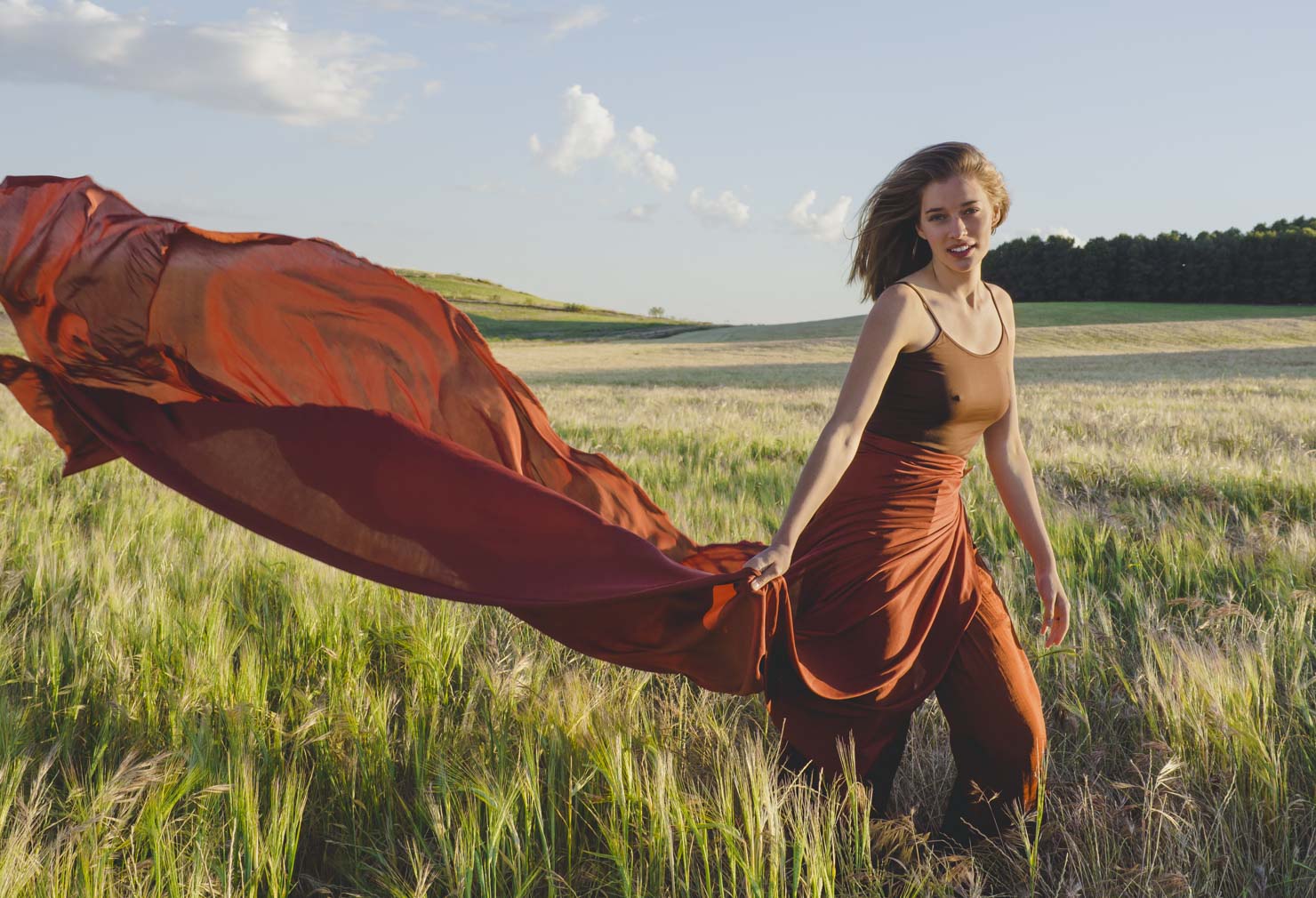
Before your first time
There’s no doubt the first time you’re working with a model is a pretty intimidating experience. You’re probably not only inexperienced in being around models to begin with, but you’re also inexperienced when it comes to directing a serious shooting session. Those two things can add up and become more than you can handle, so it’s important to remain calm. The good news is, it really doesn’t need to be a stressful event, if you only take a couple precautions.
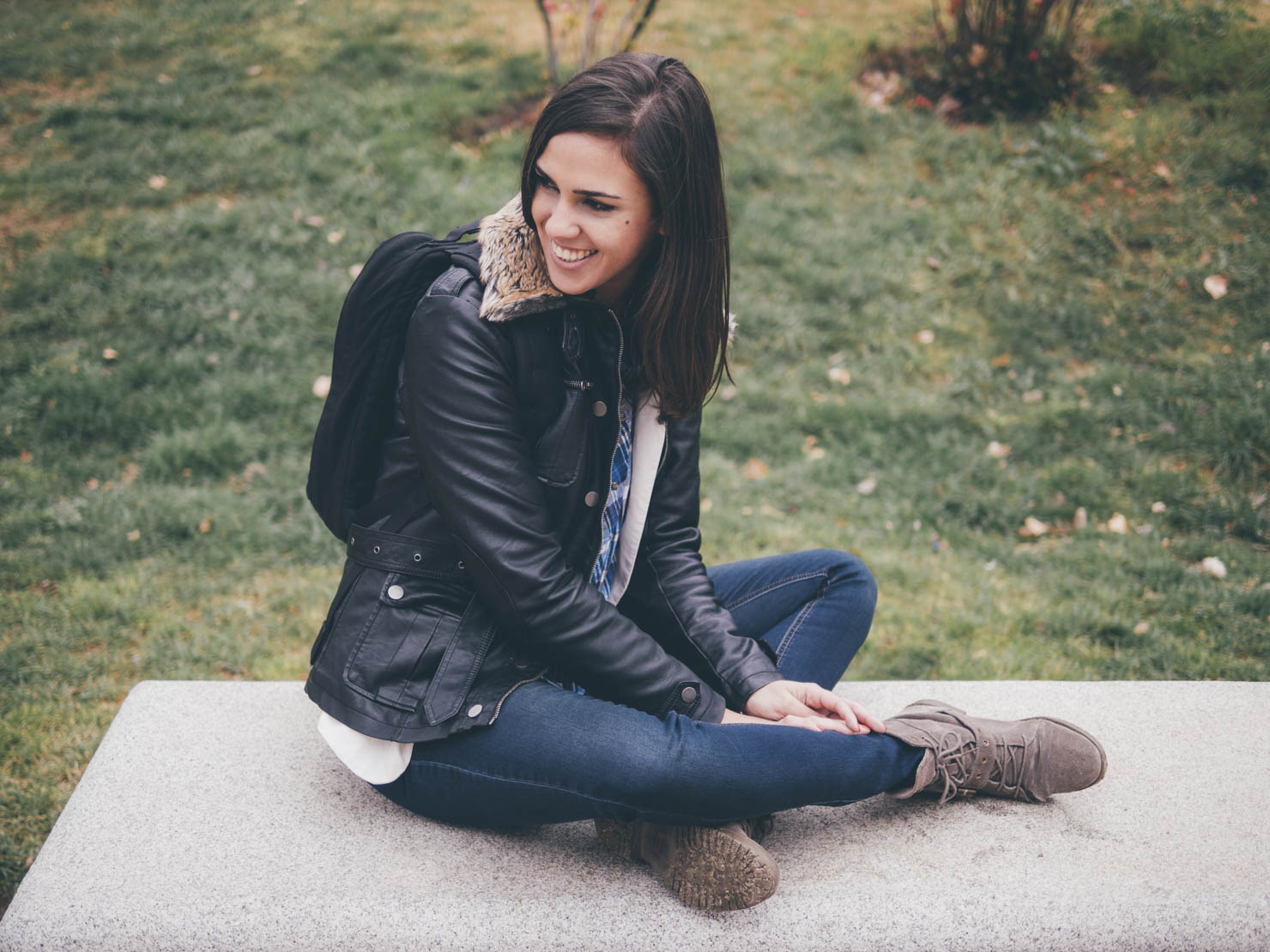
Model: Neus Martín.
The first and most important of those precautions is to do your homework in advance. I really can’t stress enough just how critical this is. You should have a perfect idea of what you want to achieve long before the shoot even begins, and plan accordingly. There are several non-trivial aspects to every shoot that require preparation: the lighting, the backdrop, the location, the time of the day, whether you’ll need to provide makeup and/or clothing for the model and so on.
All those things massively affect the outcome and, in many cases, dictate your actions as a photographer and the actions of the model as your subject. Going to a session unprepared is pretty much like attempting to shoot a Hollywood movie without a script. Just don’t. Don’t worry though, we’ll take a more detailed look at all these things in a moment.
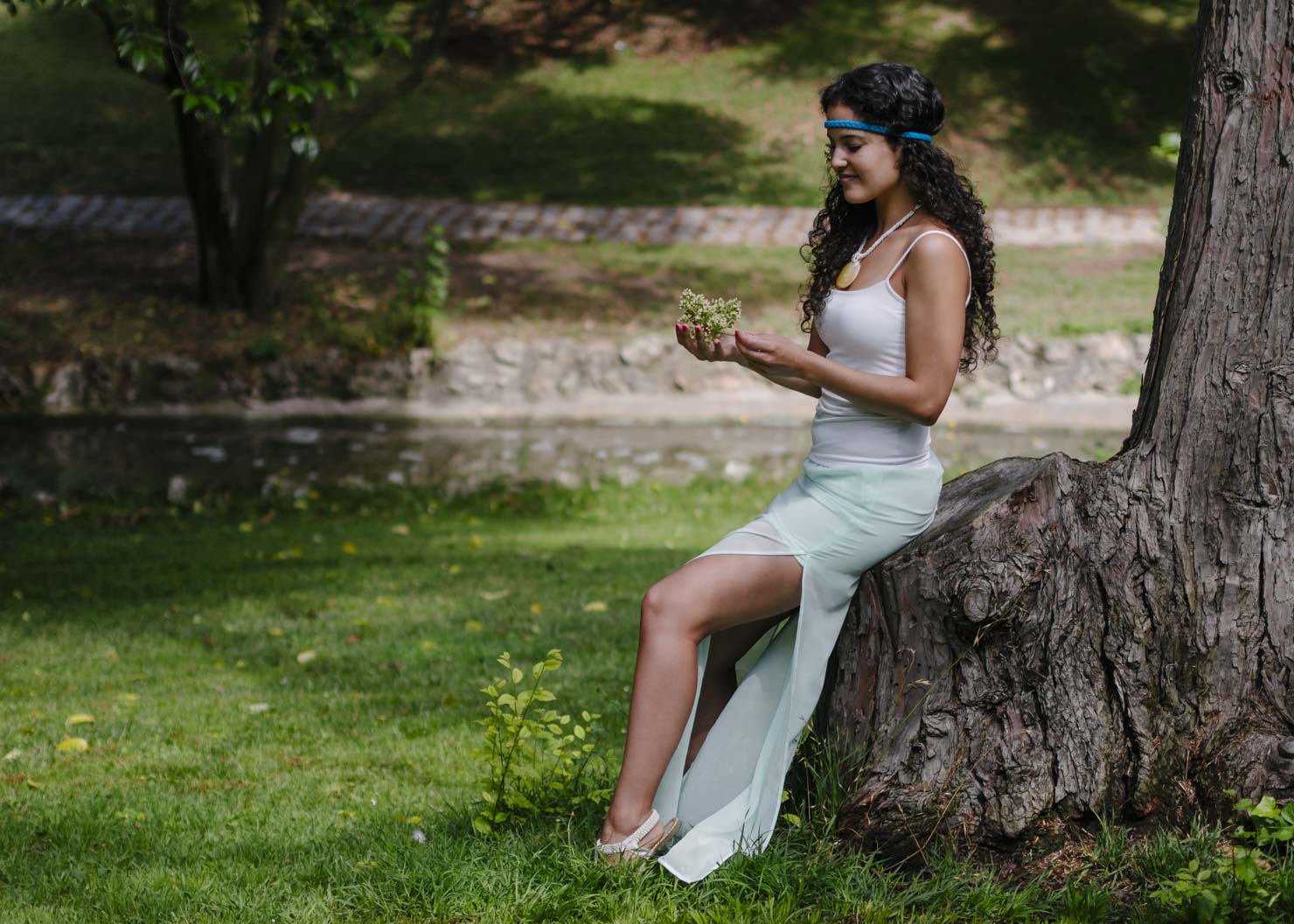
Model: Sara Gil.
As for the being around models part, that’s something that will take some getting used to. You’re going to have to learn to deal with it progressively and trust that it will get easier the more you do it — because it will, and surprisingly quickly, in fact. If you feel intimidated by their good looks or are naturally shy, you could start out easy, by arranging a shoot with a model of the gender you’re not physically attracted to.
However, I think that would be the wrong way to go about this. I recommend simply taking things naturally and not worrying about it too much. Just remember you’re both there to work, not to socialize. Being open and friendly is great; being unprofessional isn’t.
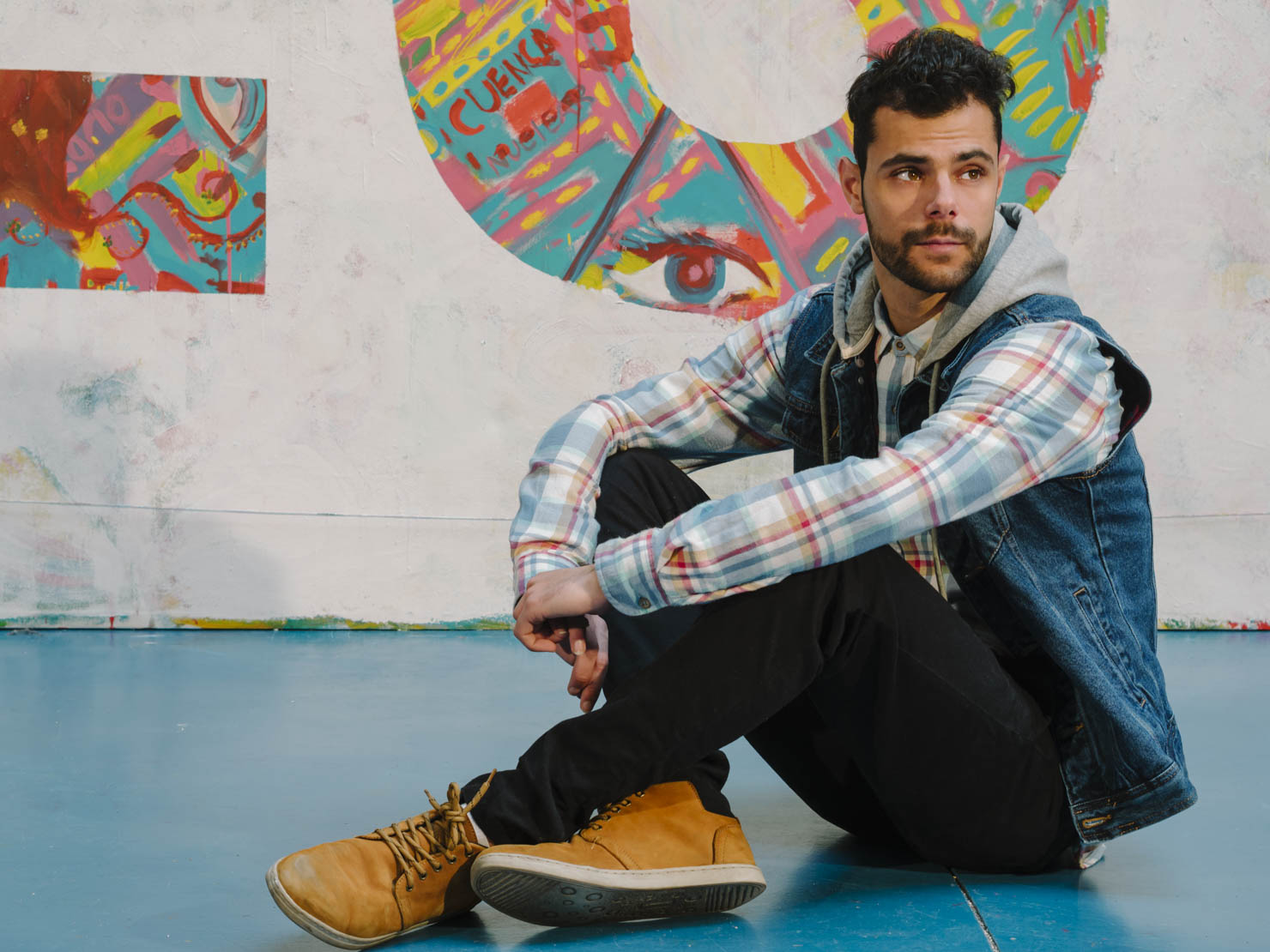
Model: Daniel García.
This is where being well prepared ahead of your shoot can prove to be life-saving. If you have a well-defined action plan, chances are you’ll be able to work your way through it despite some initial awkwardness. Soon the technical nature of the work will take over and you’ll start to relax. There’s nothing worse than having a model ask you for directions and not knowing what to say, so be sure to always have a couple ideas you can turn to whenever inspiration runs dry.
Finding a model to work with
If you don’t already know any models you’d like to work with, either in person or through mutual friends, take a look at some of the online photography networks that provide a way for models and photographers to meet. Sites like Model Mayhem — and Litmind in Europe — are very popular and you’ll probably be able to find a nearby model that meets your requirements.
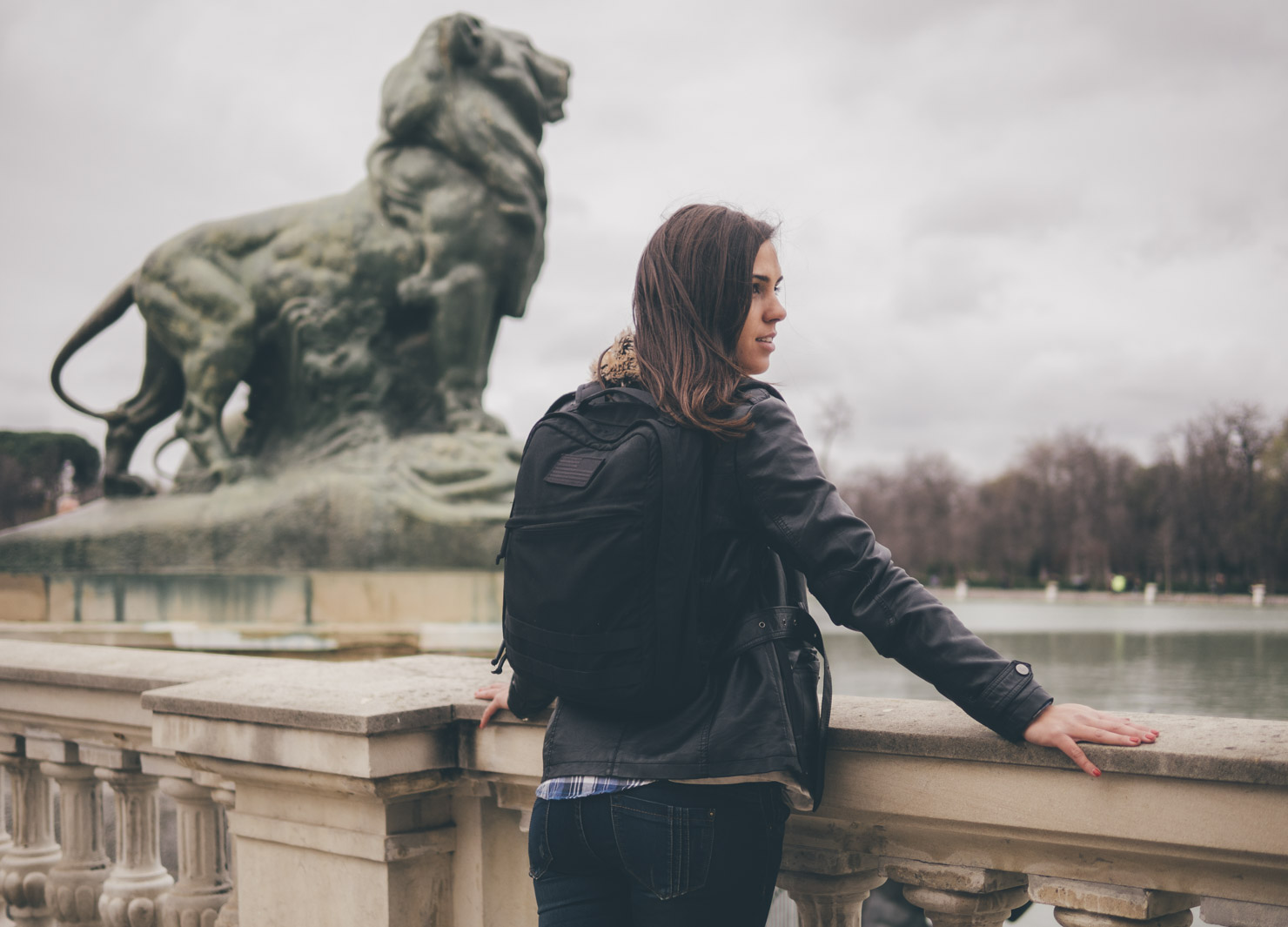
These websites are a great place to start, since they offer pretty good search engines that allow you to filter results by gender, age or any other physical attributes — hair and eye color, for example. If you can’t afford to pay the model, you can also filter the search results to show only models that are open to a time-for-prints arrangement.
This goes without saying but, should you decide to contact a model through one of these websites, be honest and upfront about what you’re looking for. Online services like these are entirely based on the honor system; they only work when the relationship is mutually beneficial. If you’re not really interested in working together, don’t contact a model. You wouldn’t do it in real life, so don’t do it online. And don’t back away from an already established deal unless you have a pretty good reason to do so.

Also, don’t forget that, despite having tons of beautiful people on them, these are not dating websites. Everything you do as an individual user affects the rest of the community, so don’t be a jerk. Seriously.
Managing expectations
Before even meeting the model, both of you should have a clear idea of what to expect from the shoot. Will it be paid work or a time-for-prints arrangement? Who keeps the rights to the final images? These are potentially thorny issues, and you need to sort them out long before pressing the shutter release.
If it’s a time-for-prints arrangement, state clearly and unequivocally whether you’ll be providing prints, digital copies of the images, or both. Also, reach an agreement on whether you’ll be providing the original, unedited shots or only your final edited selections, as well as how much post-processing work is to be expected in the final images. If you have a problem with giving the model your RAW files, say so explicitly. Personally, I’m not comfortable with giving models unedited shots or RAW files, because in my mind, I’m still responsible for the final quality of those images, which are essentially unfinished at that point. Having someone else make the edits seems wrong to me, but your mileage may vary. It also depends on how important each particular shoot is to you, personally.
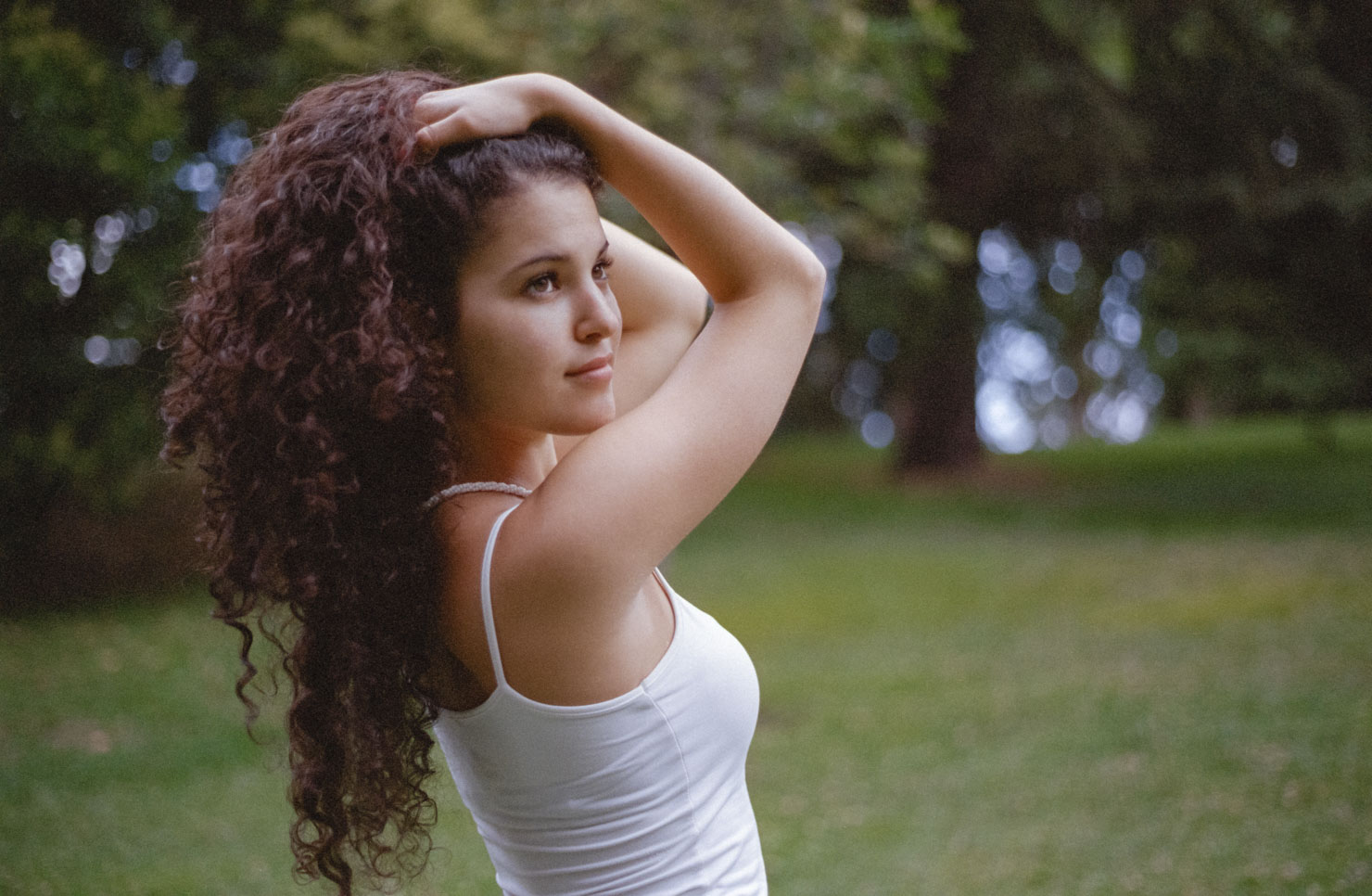
If it’s paid work, make it perfectly clear who will be getting paid, and how much. Also, reach an agreement on when payment will be made. Typically you have three choices: before the shoot, after the shoot and upon delivery of the final images. You can fraction payment between two or more of those moments if you’re feeling unsure. Don’t let yourself be cornered into a situation you’re not comfortable with. If a model is not happy with your conditions — provided they’re reasonable, that is — it’s better to try and find another one.
Sign a standard release contract. Regardless of whether it’s a time-for-prints arrangement or paid work, it can also be a good idea for both of you to sign a standard release contract in order to avoid any potential legal issues in the future. There are many templates on the Internet you can use for that purpose. Nothing has to go wrong but if you’re concerned about this, better safe than sorry.
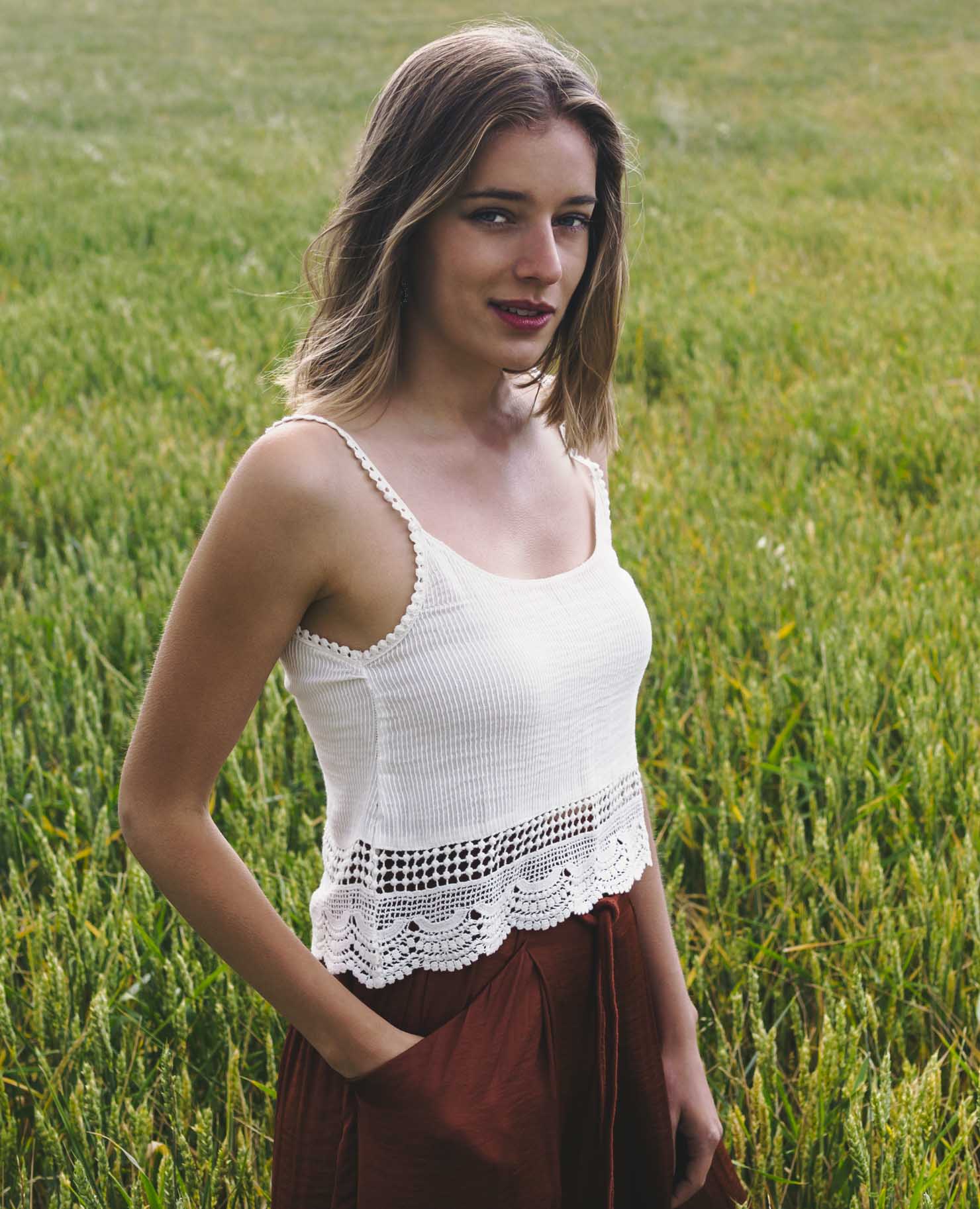
Explain what you’re trying to achieve. If the shoot is intended to promote or review a product, say it. If you’re not going for flattering shots, tell the model in advance. And obviously, if you expect to take some nude shots, ask your model before. There’s nothing wrong with either of those things, but make sure the model knows about it and set expectations accordingly.
Once the shoot is done, explain clearly what usage rights you’re granting for your images, and whether you require attribution upon further use. If you’re not ok with seeing your pictures popping up on the Web without attribution, try to explain your point of view to the model, as well as why this is important.
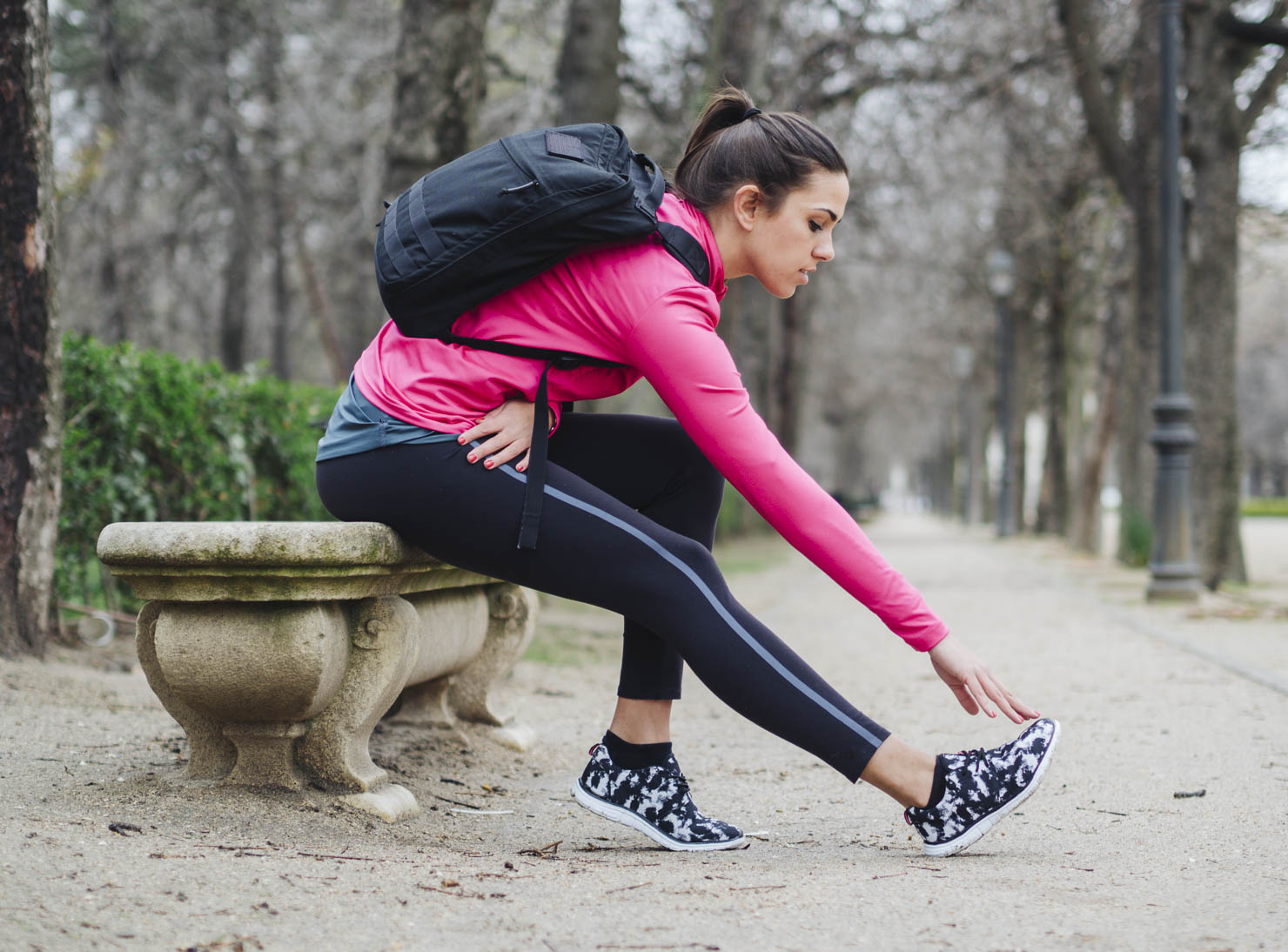
Establish trust from the get go, and don’t break it. Never force a situation beyond the existing understanding. If you haven’t talked about nude shots before, don’t bring it up during the shoot, no matter how easy-going or open-minded the model may seem. You can absolutely ruin the mood of the entire session by creating an uncomfortable moment like that. And worst of all, the model may feel coerced into doing something that wasn’t previously discussed. You don’t want that. There’s always another day, so don’t rush things.
Give the model the option to bring someone along for the shoot. This will help ensure your model feels safe, which will in turn make it a lot easier to work on creating compelling images together. Plus, you may even find yourself with two models to work with instead of just one.
Preparing for the shoot
We’ve already talked about how preparing for a shoot is essential to keep thing things productive and professional, but how does one do that, exactly? Here are a few of the elements you should consider.
The lighting is by far the most important aspect of any shoot, arguably even more important than the models themselves. The first major question you need to ask yourself is whether you want this to be a studio session or an outdoors shoot using, mostly or exclusively, natural light.
If it’s going to be a studio session, there are several things to plan for:
What kind of background will you use? You can use a solid white background, a solid black background or something else altogether, but you’ll need to make your choice beforehand. If you want to use multiple backgrounds in the same session, think about which one you’d like to use first and have that put up in advance in order to maximize the amount of actual shooting time. If you want to use one particular background for the majority of the shots, go with that one first. Also, keep in mind that the light sources you place in the scene will significantly change the way the background appears in your images.
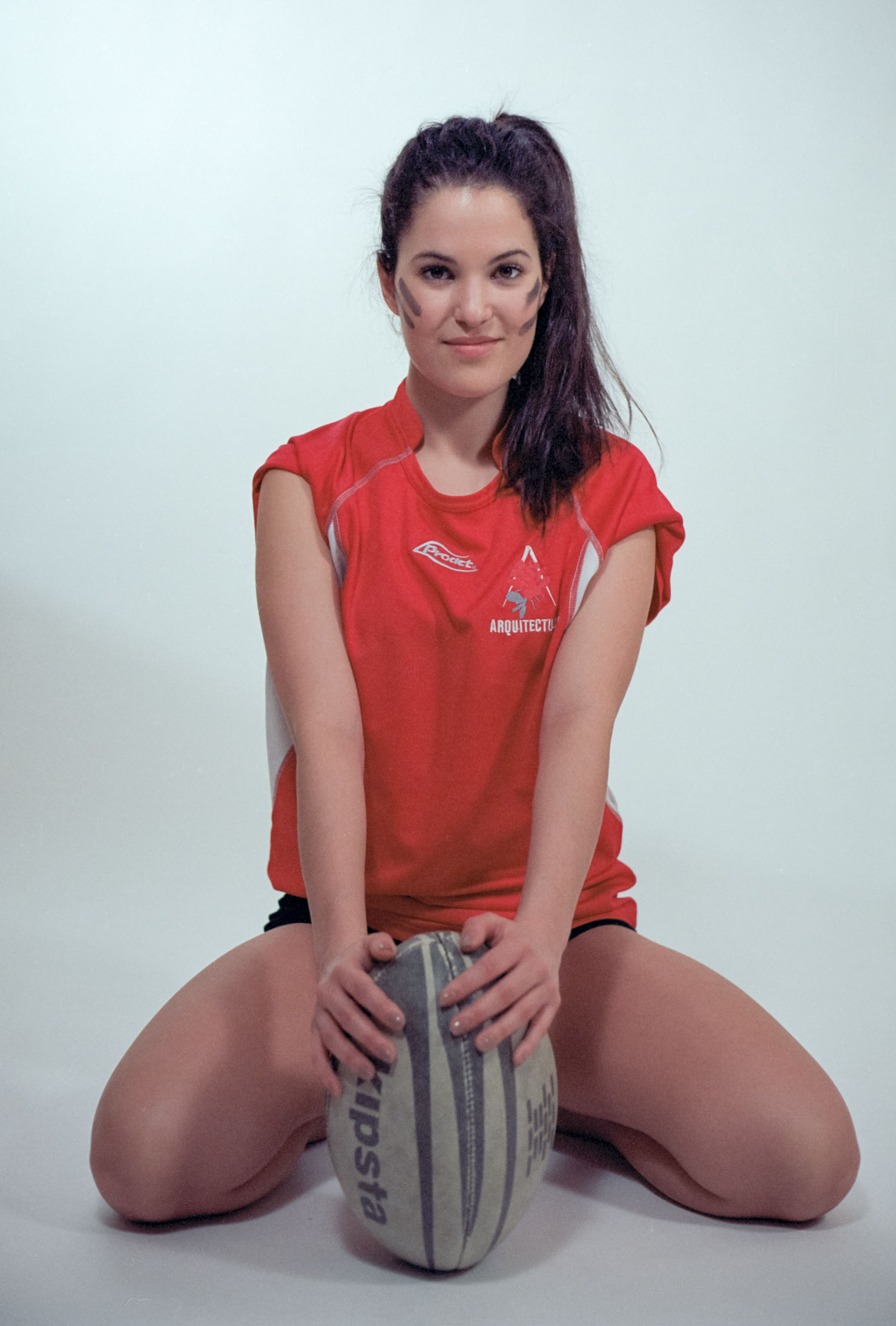
What kind of lighting? Continuous light applied without using a soft box renders sharp shadows and creates high contrast in a scene, which is great for emphasizing body lines and creating an artistic effect. A soft box, on the other hand, creates much softer shadows and is generally more flattering for portraits, for example. And then there are strobes, which can be used to create some specific visual effects.
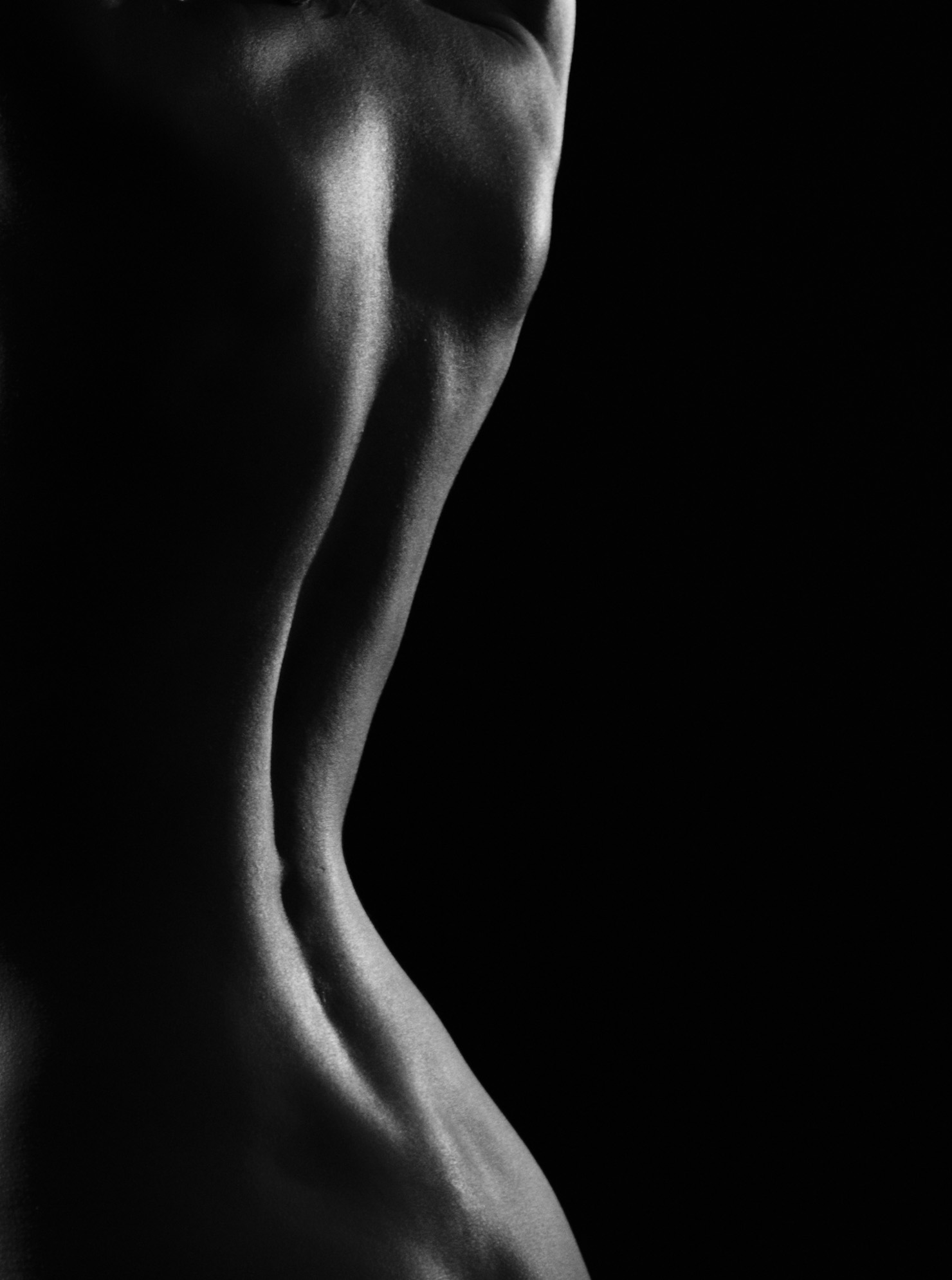
Tip: Use continuous lights without a soft box in order to increase contrast and create sharp shadows for a dramatic effect.
What about flash lighting? Flash lighting can be used on its own or in combination with other light sources, and can dramatically alter the way a scene looks. A flash can be pointed directly towards the subject — with or without a soft box — or it can be bounced off some other surface to achieve a more subtle effect. It can be used as the main light source in a scene, or to fill darker areas in an image. Depending on what you want to achieve, you will need to prepare your gear appropriately.

Tip: Flash lighting can be used to eliminate shadows on the model’s face. Model: Vanessa Martinez.
How many light sources will there be in the scene? Will you use an extra light source for effect? These can add punch to an image. If you’re going to use several light sources, you’ll need to decide which one will act as the main source and which ones will be secondary. Keep in mind that different light sources may have different color temperatures, so there may be a color cast to watch out for.
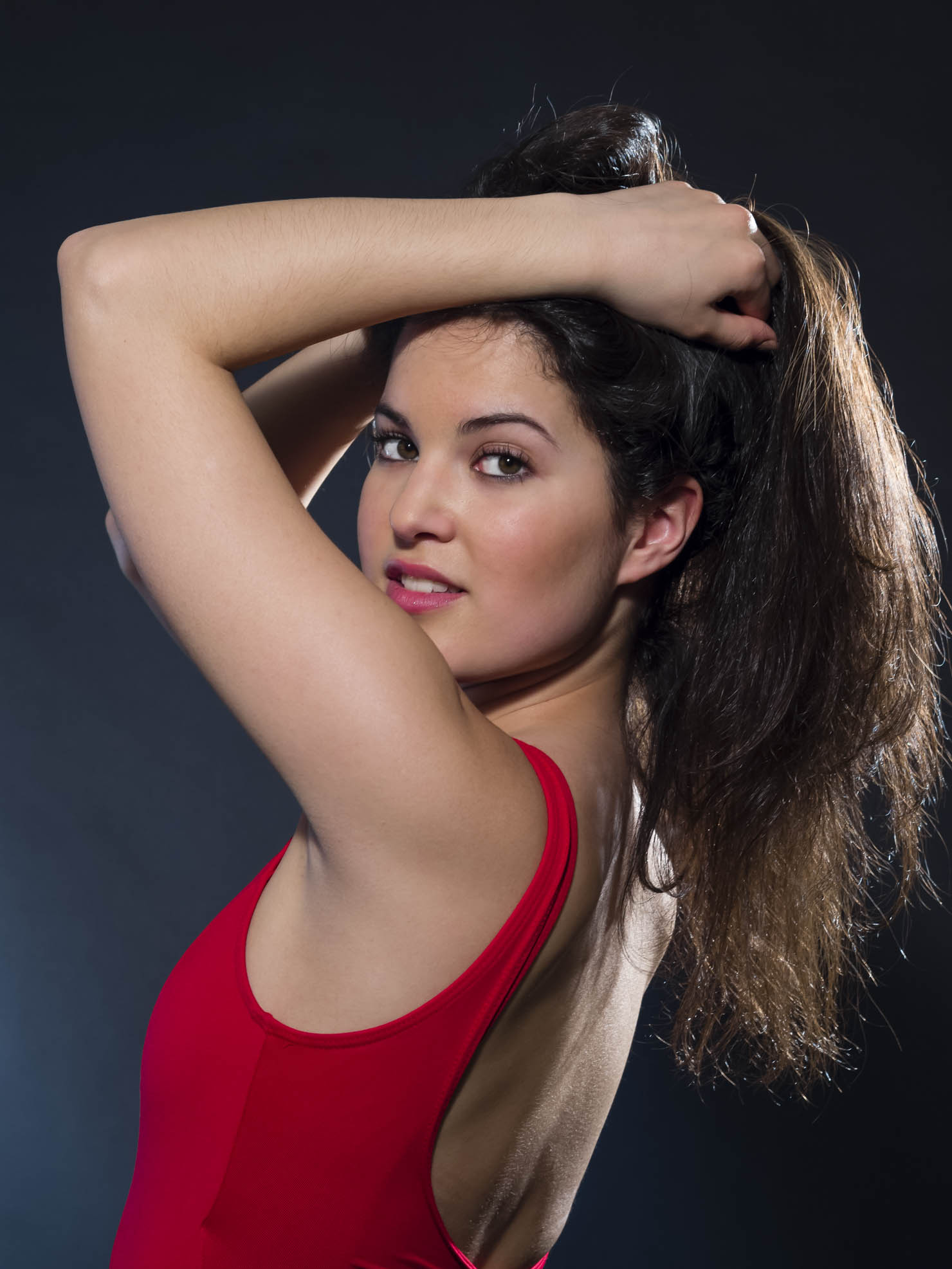
Tip: In general, setting your camera’s white balance to match the main light source is a good way to go, but keep an eye on the images as you go.
Conversely, if it’s going to be an outdoors shoot using mostly natural light, pay attention to the following items:
What type of light are you looking for? The most flattering light is usually the one that falls during the “golden hour”. This phenomenon occurs approximately during the fist couple hours of daylight just after sunrise, and the last two hours before sunset. At those times, daylight is warmer and falls laterally, producing longer shadows. By contrast, the mid-day Sun produces much harsher shadows and higher contrast, which are usually not desirable qualities when shooting with natural light. If you must shoot during the central hours of the day, try to pick a day with a cloudy forecast, or a location where you’ll be able to find some shade. Total amount of light will not be a problem, so it’s preferable to focus on the quality of it.
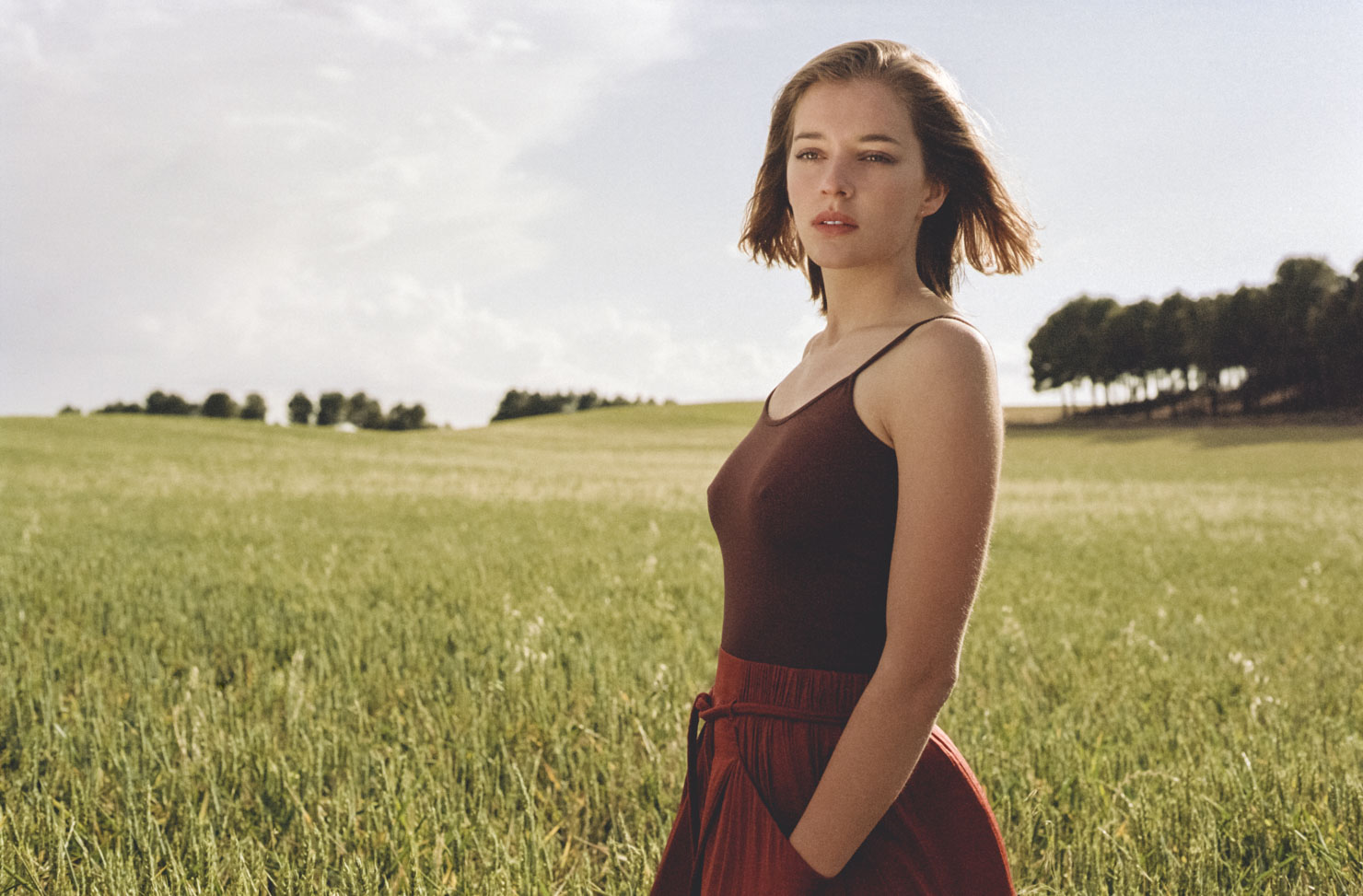
Don’t forget your filters and lens hoods. If you’re shooting outside, you should always keep a polarizing filter on your lens at the very minimum. Natural light is pretty tricky, and reflections can be a real problem if you don’t have the proper equipment. A polarizing filter generally increases contrast and makes colors more rich, vivid and saturated. If you’re planning to shoot black and white images, a dark yellow filter will greatly increase contrast in the sky, for example. And if you want to achieve subject separation on a very bright day, you’ll need to use a neutral density filter in order to be able to shoot wide open without overexposing your shots. These are all very important elements when shooting outside, and planning for them in advance can prove invaluable during the shoot.
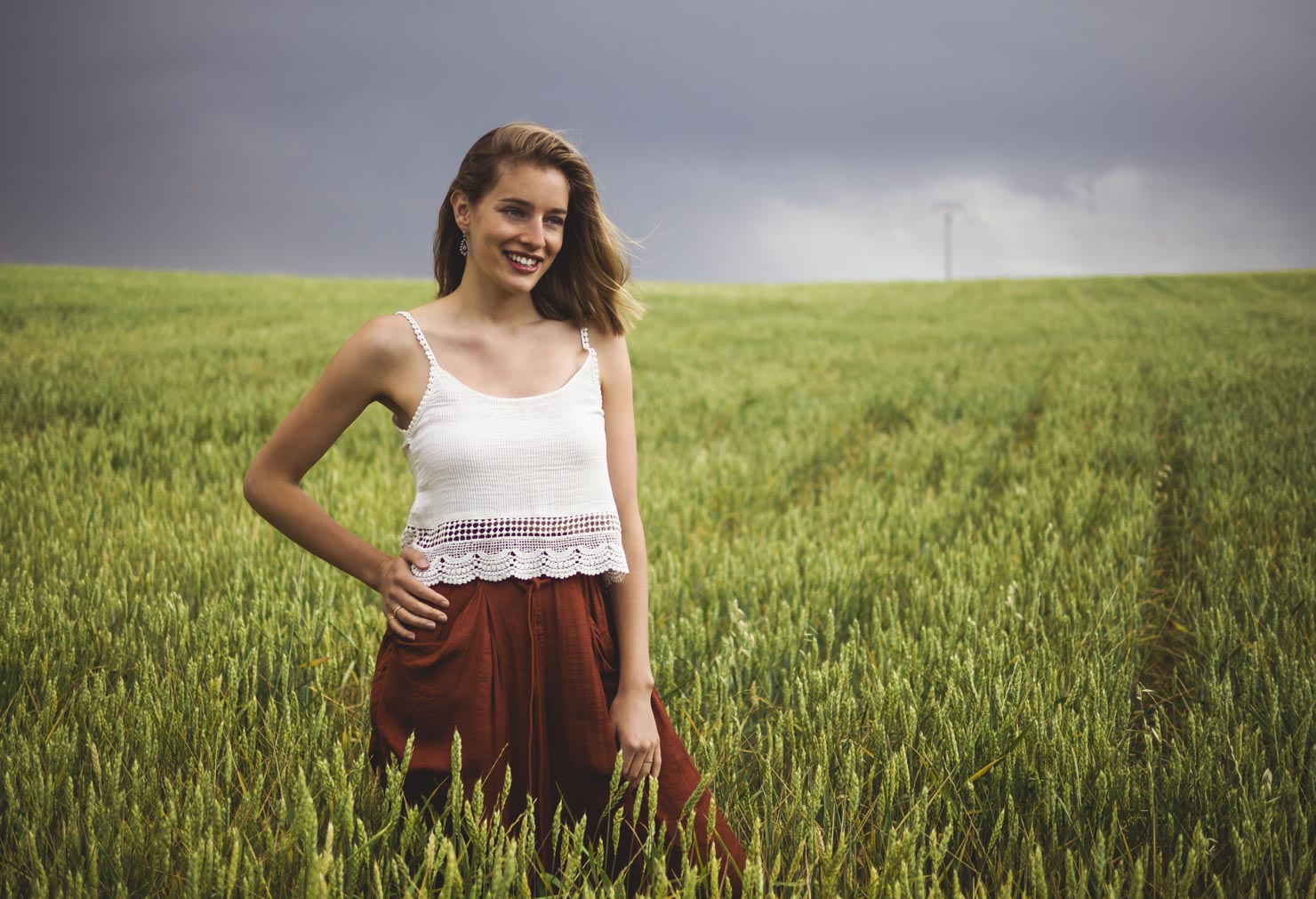
What’s the weather going to be like? It goes without saying, but scheduling a bikini shoot in the middle of winter might not be the best idea. Keeping the model comfortable goes a long way towards ensuring a productive session. Similarly, having a shoot interrupted by rain is something that should be avoided. If there’s a high probability of rain around the time of your shoot, try to reschedule or have a secondary location in mind, just in case. Ideally, your secondary location should have a roof, or a protected area where rain will not be a problem.
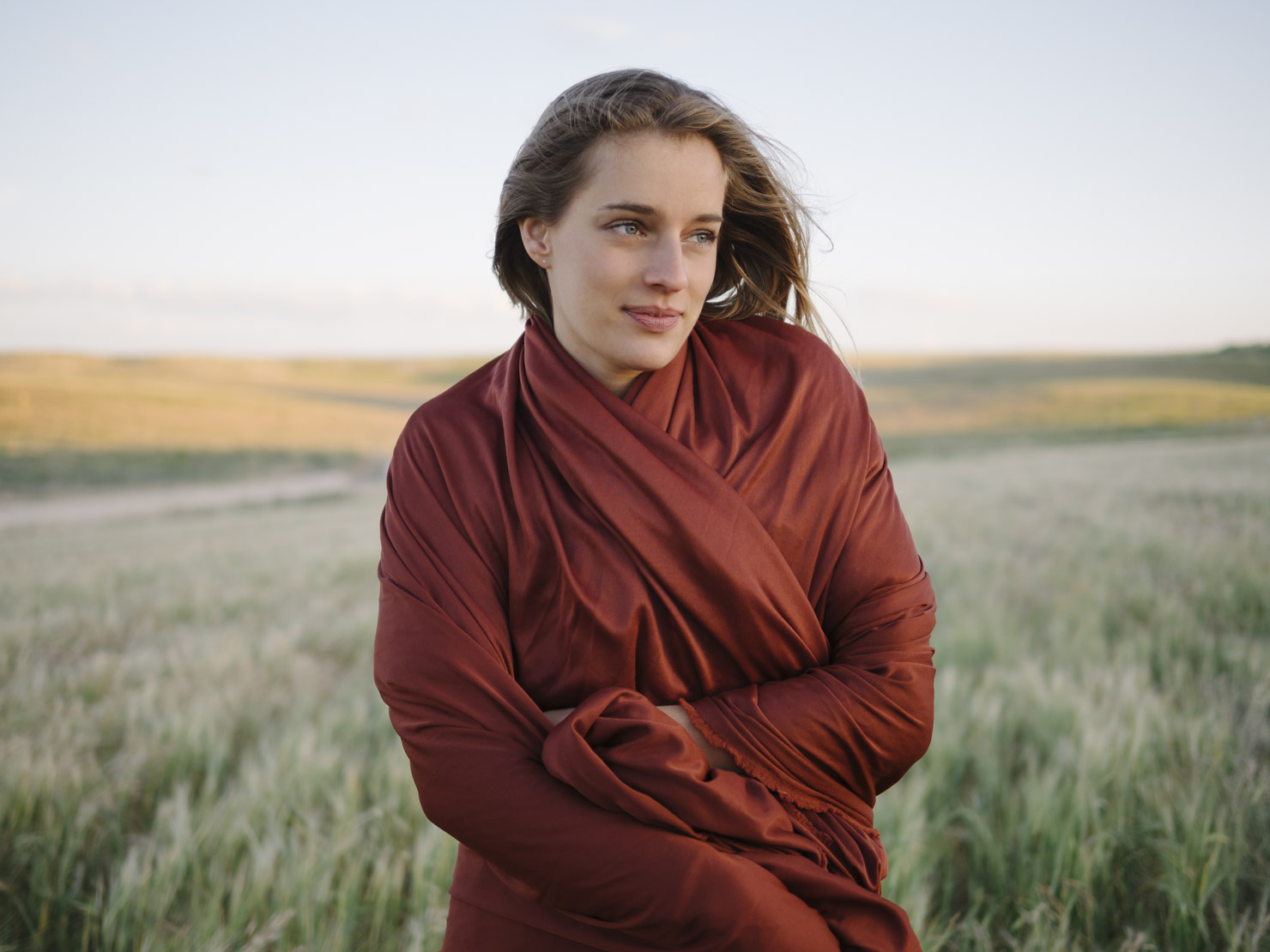
Tip: You should try to provide a comfortable working environment for your model. For example, if it’s going to get cold, bring a robe or something along those lines.
Do you require permission to shoot at your venue of choice? Some venues like stadiums, museums, churches, institutional buildings and the like can be great locations for photos, but sometimes they have special rules in place that can be a problem for you. Tripods, for example, are usually not allowed in these places. Be sure to check with the proper authorities beforehand in order to save yourself the trouble of getting there only to be denied permission to shoot at the last minute. If you need to apply for permission, do so well in advance.
Will you need additional help? Sometimes your own two hands are not enough. If you need a friend to hold a flash in place, or to carry some of the equipment, try to coordinate with the person before setting up a final date and time for the shoot. You don’t want to commit with the model only to find out later on that your friend can’t make it. Be serious and professional when scheduling your sessions and respect the model’s time as much as you respect your own.

There are, of course, many more questions to be asked, but these should at least give you a reasonable starting point. Be sure to make a list of everything you’ll need, and go over that list before making the final date with the model.
Directing the shoot
Once you’ve prepared everything you’ll need and worked out the details with your model, it’s time to meet. This goes without saying, but: be on time. There’s nothing worse than arriving late to your own shoot. If you’re not able to show enough respect for the model to be on time, you’re already starting off on the wrong foot.

First up, introduce yourself and ask a couple generic questions to break the ice. A smile goes a long way towards getting people to feel comfortable, so be nice.
Also, be respectful. If you don’t think you can pull off being respectful and nice, go for respectful first. Keep in mind that the model doesn’t know you and doesn’t know what kind of person you are, so don’t go for weird inside jokes that only your friends would understand. Similarly, don’t insist on making small talk if the model doesn’t want to. At the end of the day you’re both there to work. Getting along is preferred, but it’s not indispensable.
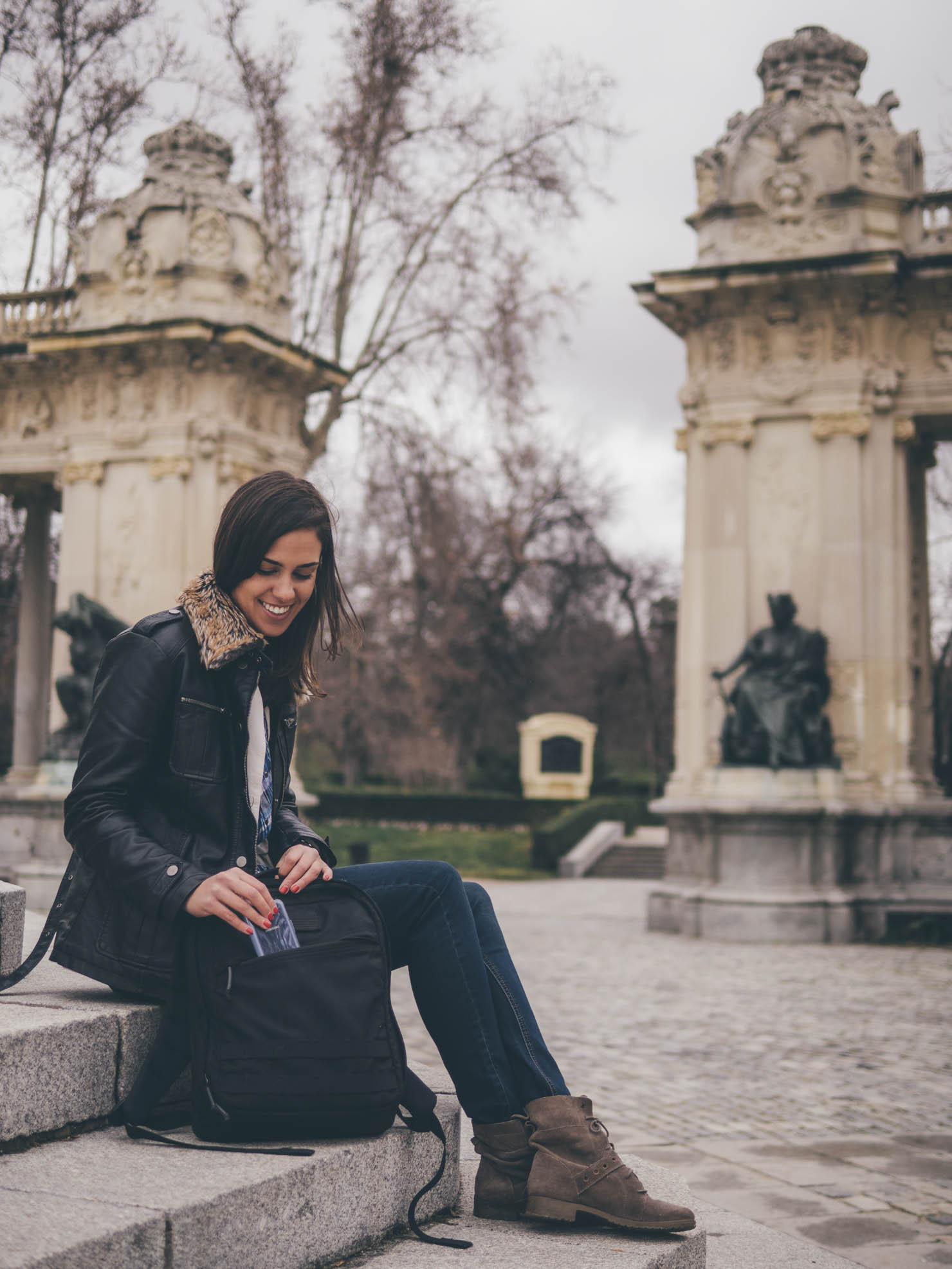
That said, remember that good models are comfortable with following directions — so give them. They actually need directions to do their work properly. Don’t be shy about saying what you need them to do in order for the shot to work. You can, for example, say that you like their hair better this way, or that you want them to stand up to emphasize the length of their legs.
Try to be positive and encouraging with your comments, give them an idea of what you want to achieve in the shot and they’ll get involved and help you. Have it be a collaborative effort, but always maintain control of the session yourself. Your goal is to get the shots you want, so act accordingly.1
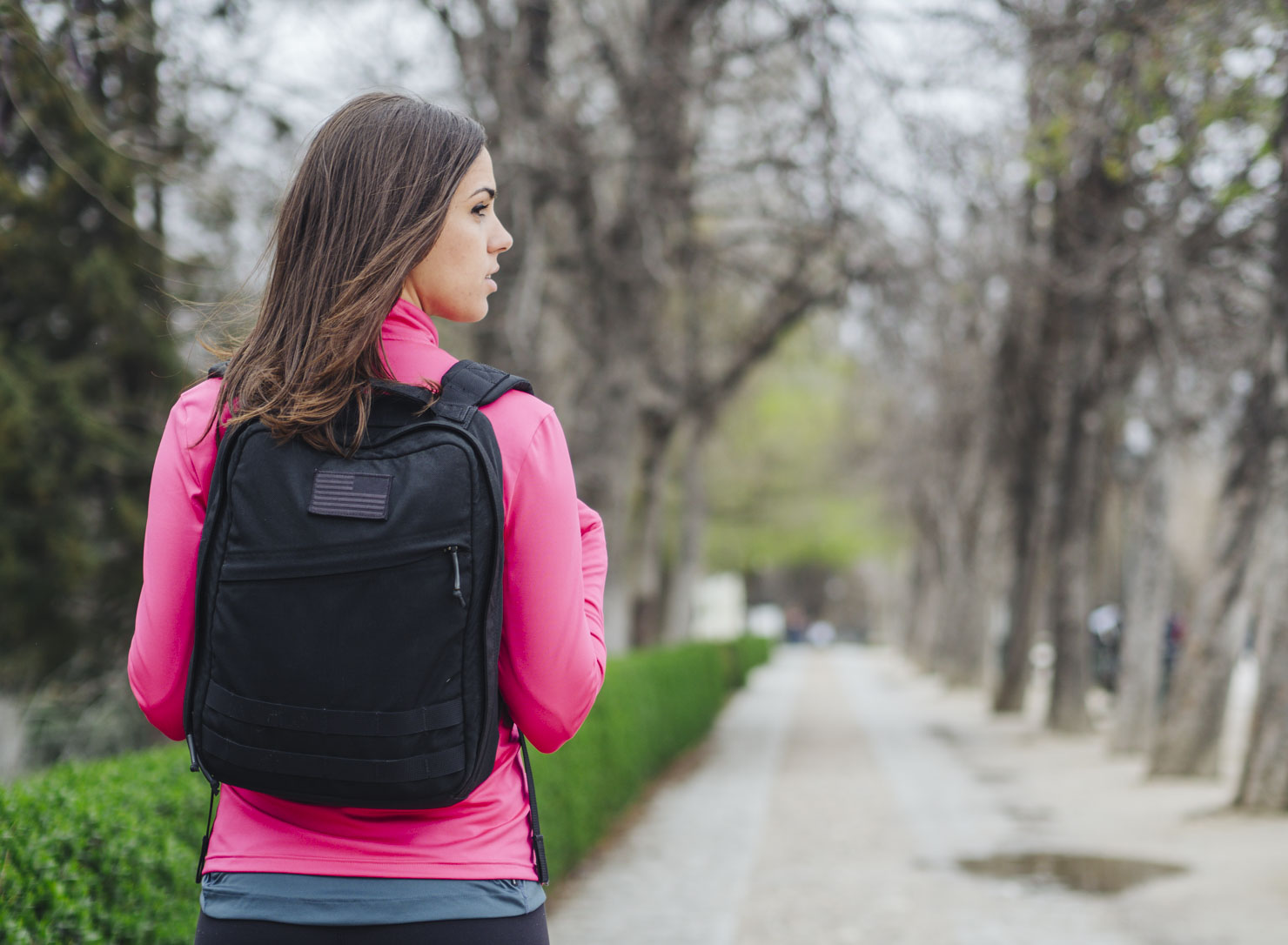
Don’t forget to measure!
If you’re working in a studio, measuring the different light sources is critical to achieve the desired effect. It’s easy to forget about this when you start taking pictures, but it’s essential to keep it in mind at all times.
The best way to do this is with a dedicated light meter. These do not come cheap, but provide more flexibility over your camera’s built-in light meter. By placing the meter on the model’s skin, facing towards the light source, you’re measuring incident light directly, which means the resulting parameters will be correct regardless of the photographer’s shooting distance from the model. Also, it’ll guarantee that you won’t overexpose the skin to the point of blowing your highlights.
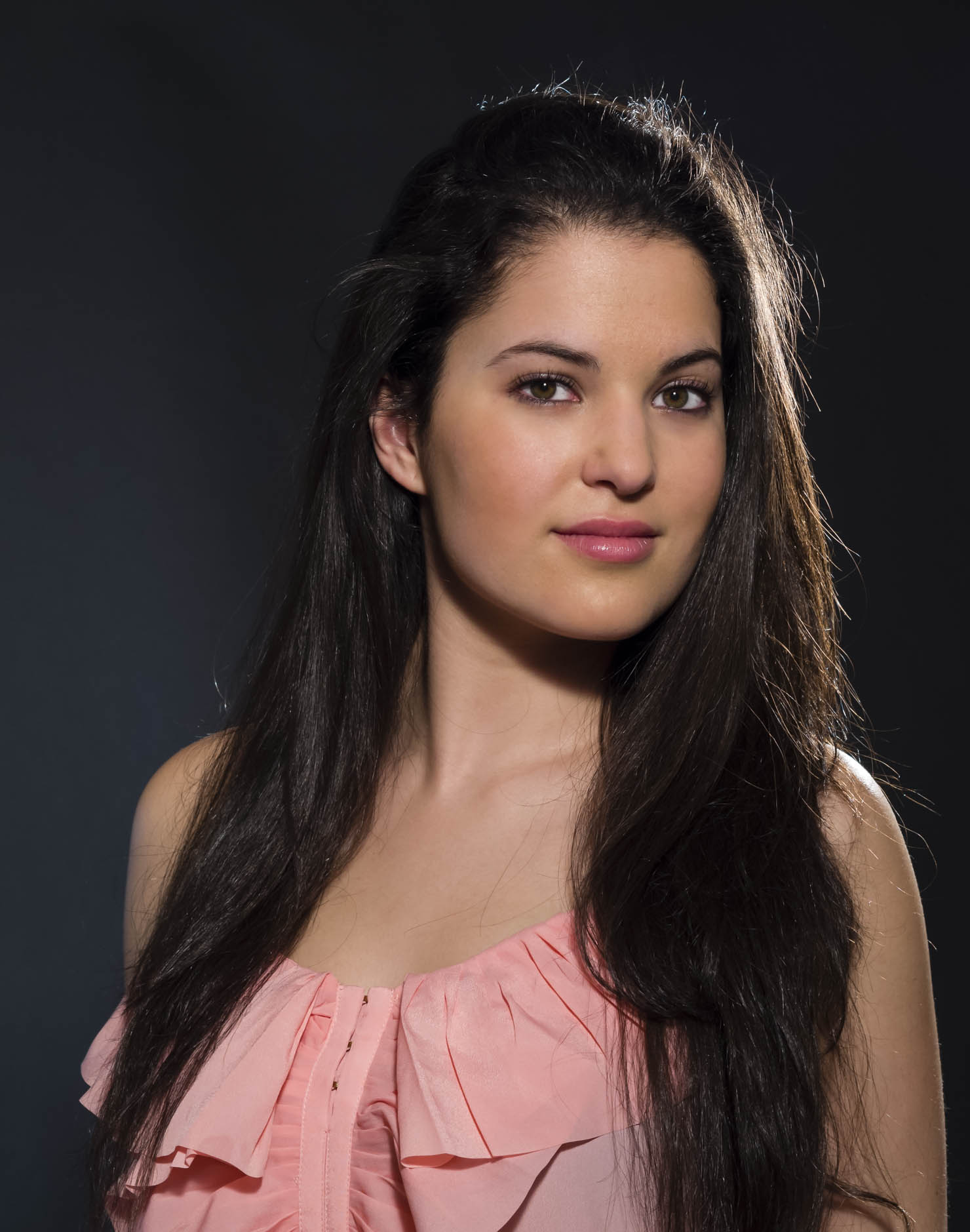
Tip: If you’re using an effect light to emphasize parts of the image, like the model’s hair in this case, you should position it so that the light meter gives a reading that is exactly one stop higher than the main light source.
Once you’ve got everything set up the way you like it, start shooting, but don’t forget to redo all your measurements whenever there’s a change in the scene. The tricky thing to remember here is that cameras don’t see the same way we do. Even an apparently insignificant change can have major consequences in the final picture. Whenever you alter the scene, even if it’s just by having the model take half a step forward, the entire lighting scheme changes.
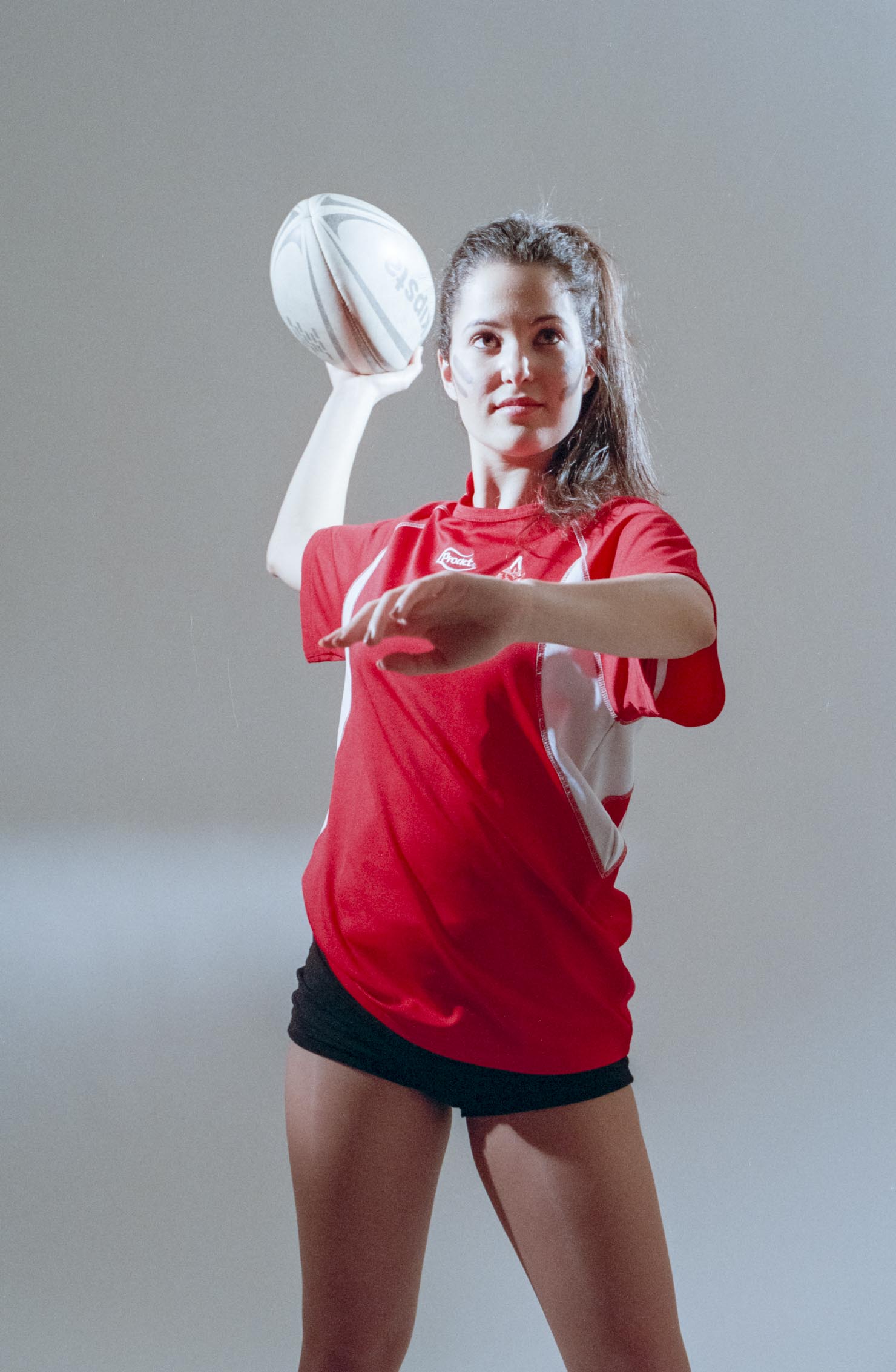
Failing to adjust for apparently small light variations in a scene can result in very poor images that are way beyond saving in post production.
Don’t assume you can just fix everything later in Lightroom. Being careful before releasing the shutter pays off later when you don’t have to correct the same mistake over and over again.
And of course, if you’re shooting film, following a proper metering routine becomes even more of a necessity, since you won’t be able to review your images during the shoot.
Review your images
Another hugely important thing to keep in mind — always, but even more so during your first time working with a model — is to check the results as you go. Don’t wait until you get home to review your images. It’s surprisingly easy to get into a groove and be overpowered by the creativity of the moment, but photography — particularly studio photography — is every bit as much a technical discipline as it is a creative one.
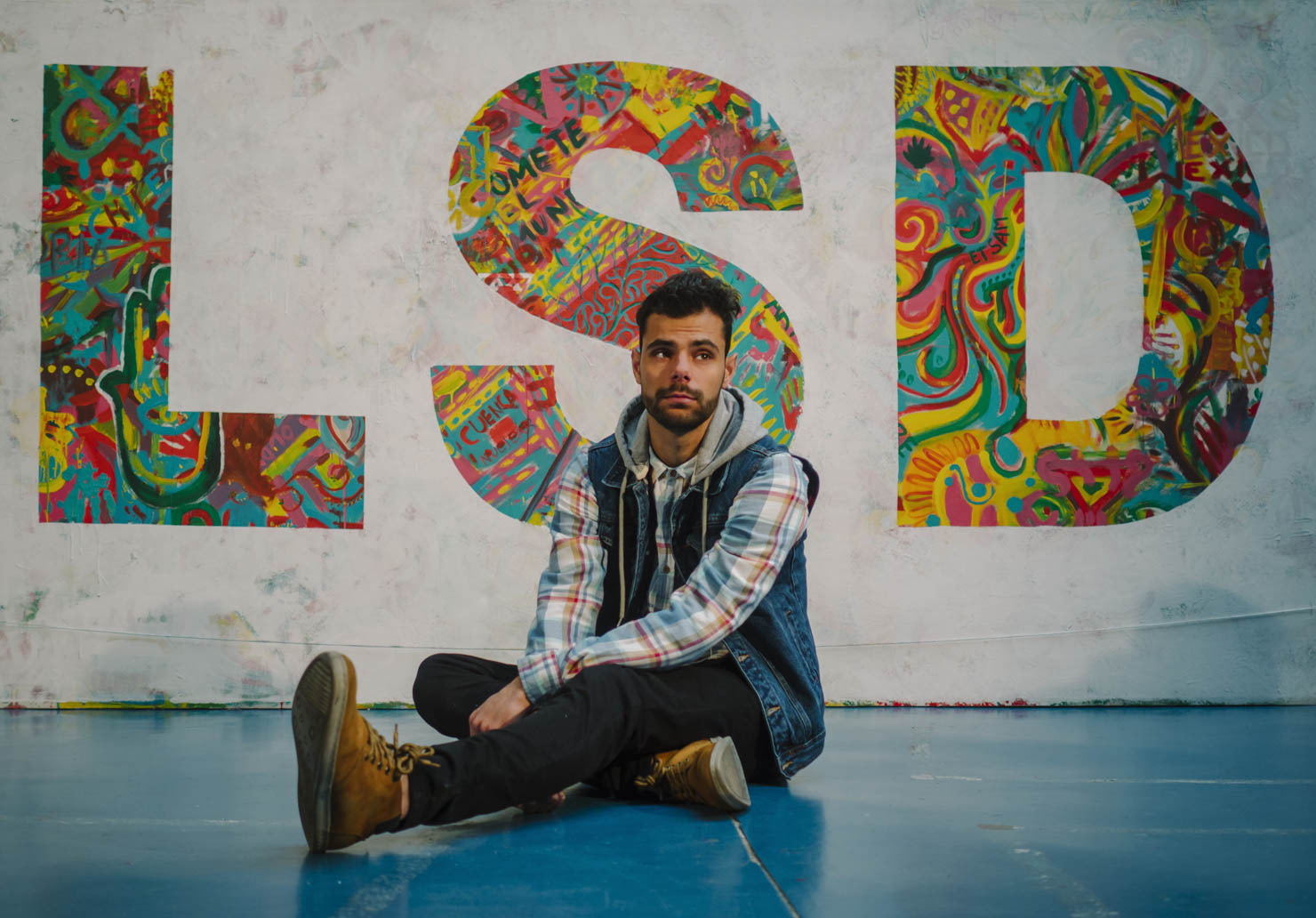
Don’t forget to check your exposures every now and then to confirm things are going as expected. Using your camera’s histogram feature can prove invaluable for this task, so pull it up alongside your images and ask yourself some of these questions:
Are your shots properly in focus? Sometimes it’s not immediately obvious whether the focus is right, so be sure to check.
Is the exposure correct?
Is the subject properly lit? What about the background?
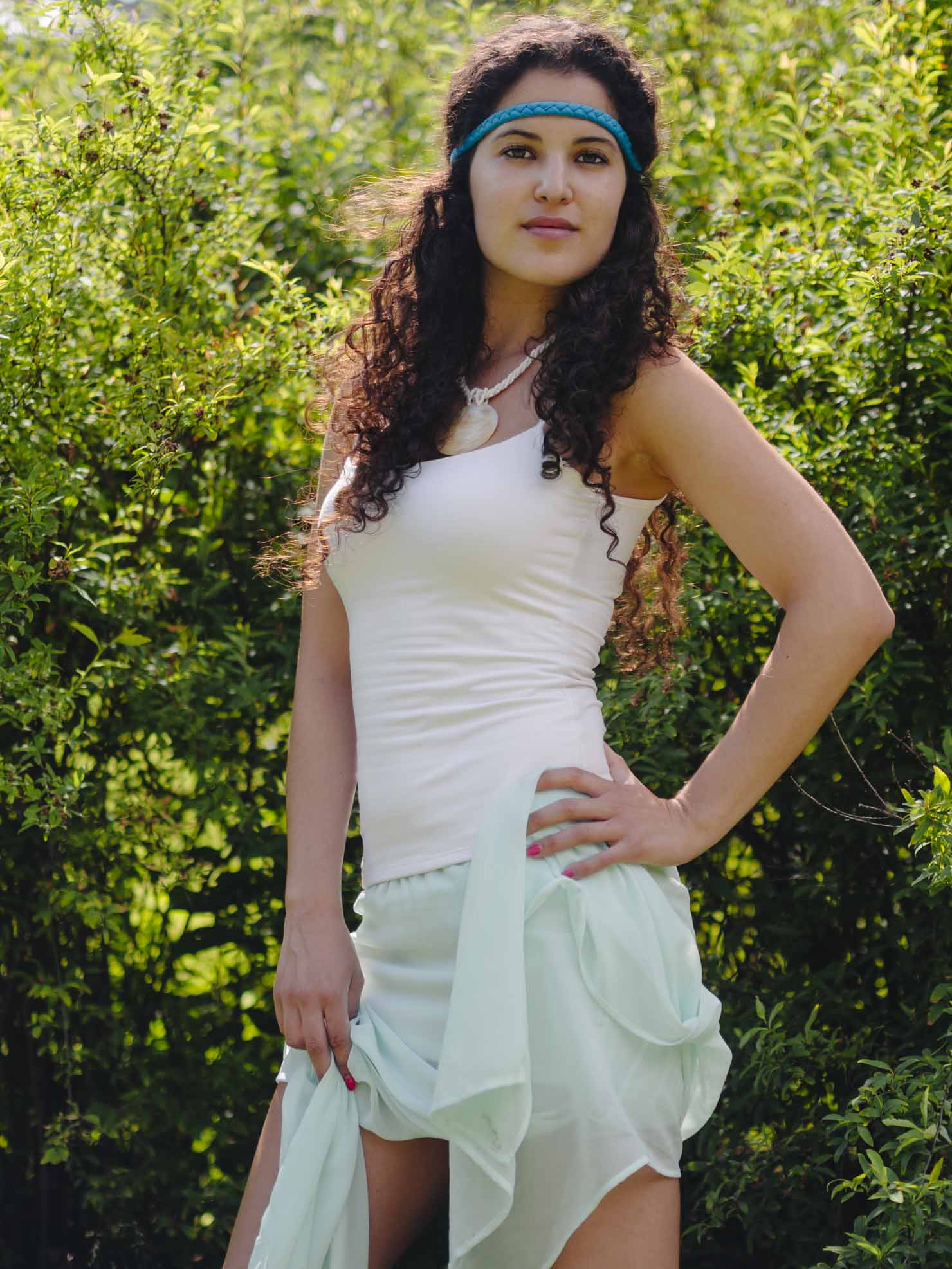
Are the highlights blown? What about the shadows?
Is the framing what you were looking for? Are any parts of the model’s body — hands, waist, feet, etc. — being cut out of the frame? If so, was that intentional or an accident?
Can you see both of your subject’s eyes? If not, was that an oversight?
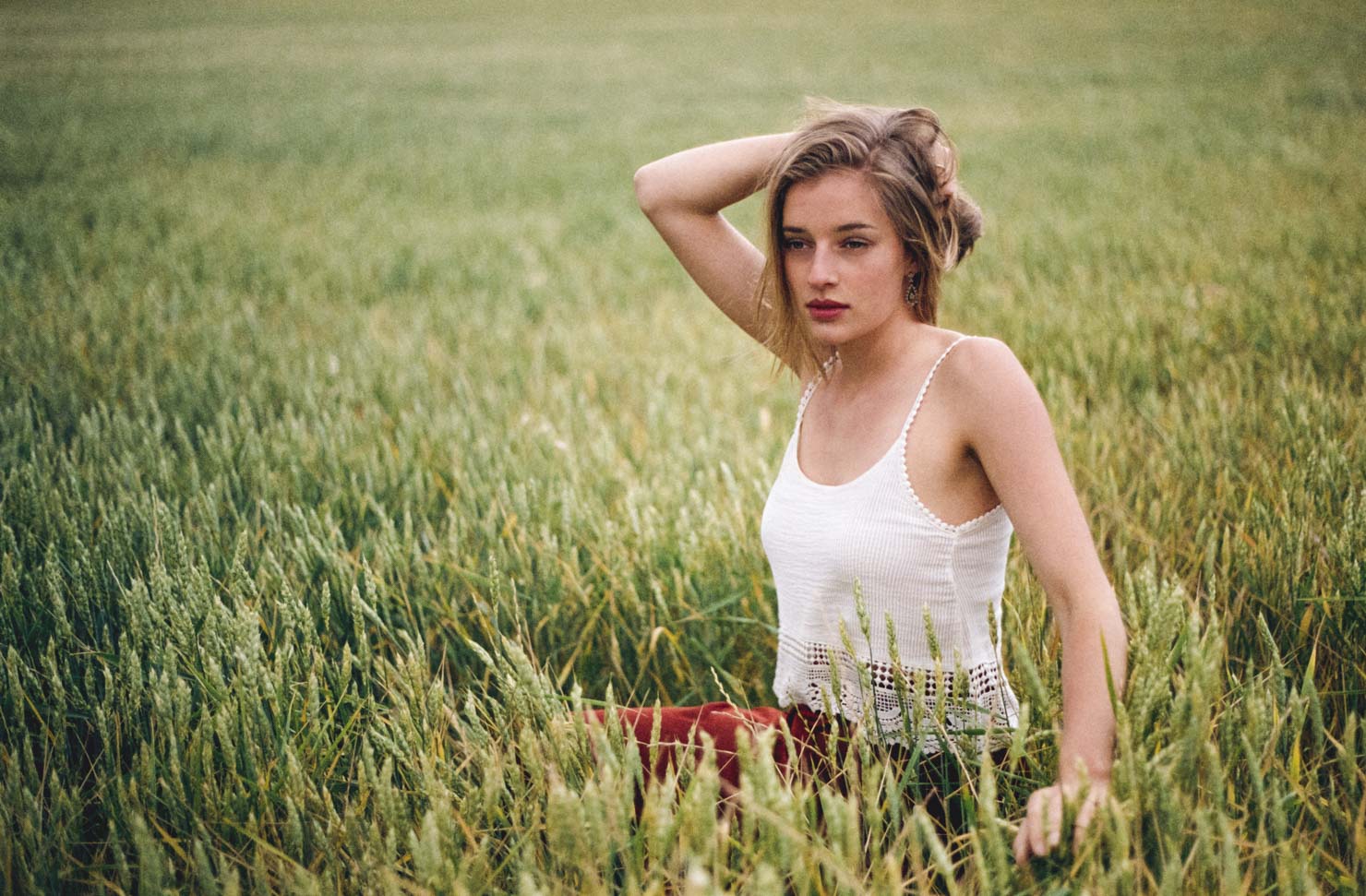
Is there sweat on the model’s skin? It’s especially important to keep an eye on this when using high-powered studio lights, because they emit a considerable amount of heat and can cause the model’s skin to perspire a little. You may not immediately notice it through your viewfinder, but tiny sweat drops will appear as blown highlights in the final images and even after correcting it in post production, you’ll lose the texture of the skin in those areas. The histogram will tell you if there are any blown highlights to look for. Be sure to keep a towel or a tissue box handy just in case.
These are questions that can make or break an image, and once the session ends there’s no going back. You don’t need to check every single image — a bad habit that is commonly referred to as “chimping” — but keep an eye on them from time to time, just to be safe. At the very least, review your images before changing the model’s posture or switching to a different scene and make sure you have at least one or two images you like before moving on. I find that’s a good compromise that works well for me.
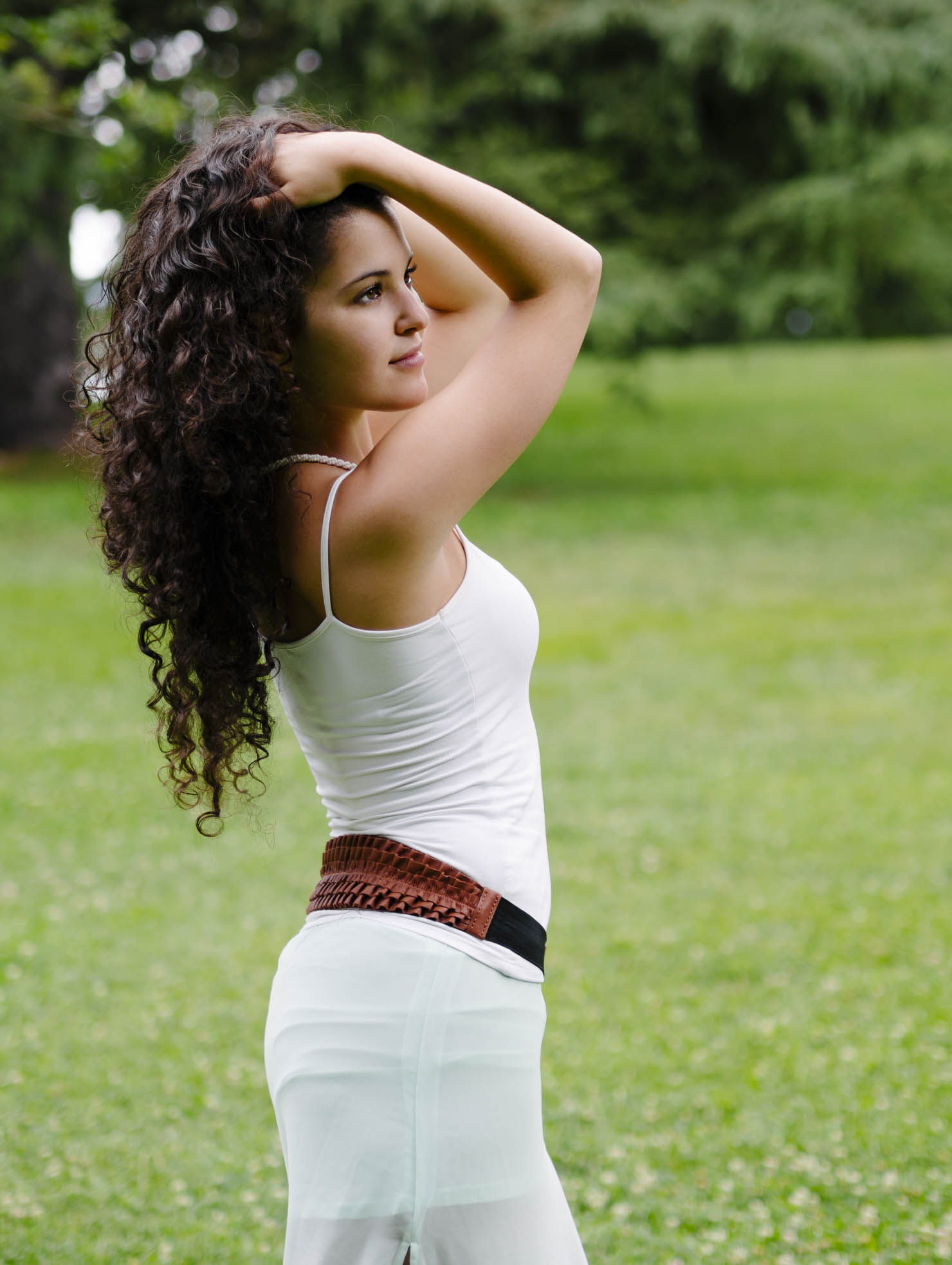
Following these precautions will ensure you keep most things under control during your session. Now, not all types of shoots are the same, of course. Some of them are particularly sensitive and require special care. A good example of this are nude shoots.
Shooting nudes (NSFW)
Shooting nudes is one of the best creative and technical exercises in photography. Fine art nude photography is all about mastering the lighting, and playing with shadows to emphasize your model’s body lines. It’s almost like sculpting with light and it very much requires you to bring your A-game to the shoot.
This is not a moment for improvising. When a model is trusting you enough to get undressed, keeping things serious and professional becomes even more important.
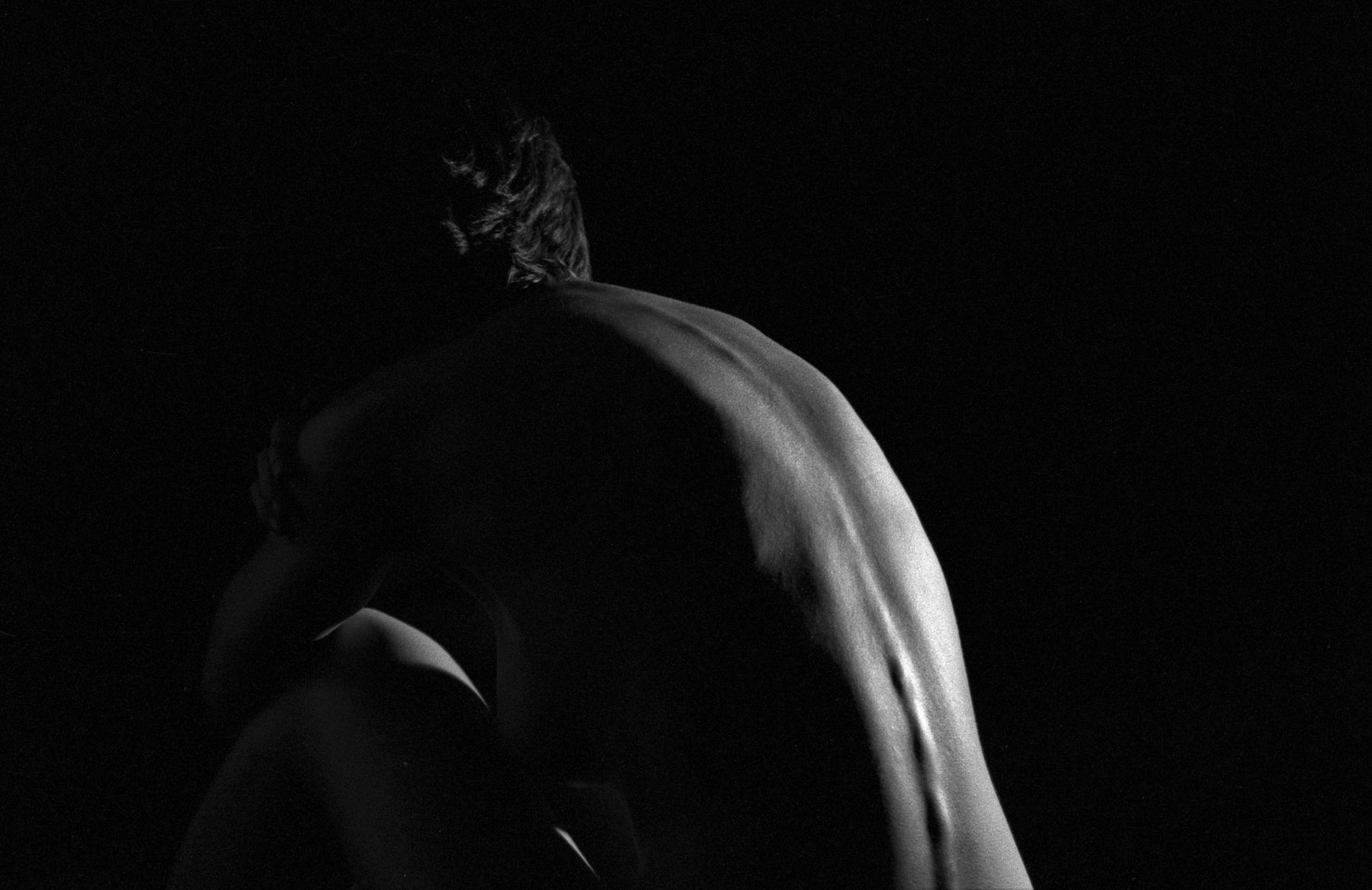
You should have a specific plan in mind for every shoot, but even more so for nude shoots. Do a bit of research and try to come up with a few poses you’d like to attempt. Also, work out the necessary lighting scheme in advance and try to have everything in place by the time the model arrives. You’ll still need to measure, but the less time the model needs to stand there waiting for you to get your act together, the better.
Another thing to keep in mind is that nude pictures can vary a lot depending on your model’s body type. Some build types are better suited for direct, harsh lighting, while others look better with a more diffuse light. If you’ve met your model before or have access to their online portfolio, try to think of their complexion when you’re researching, and choose poses and lighting schemes that will go well with their particular body type.
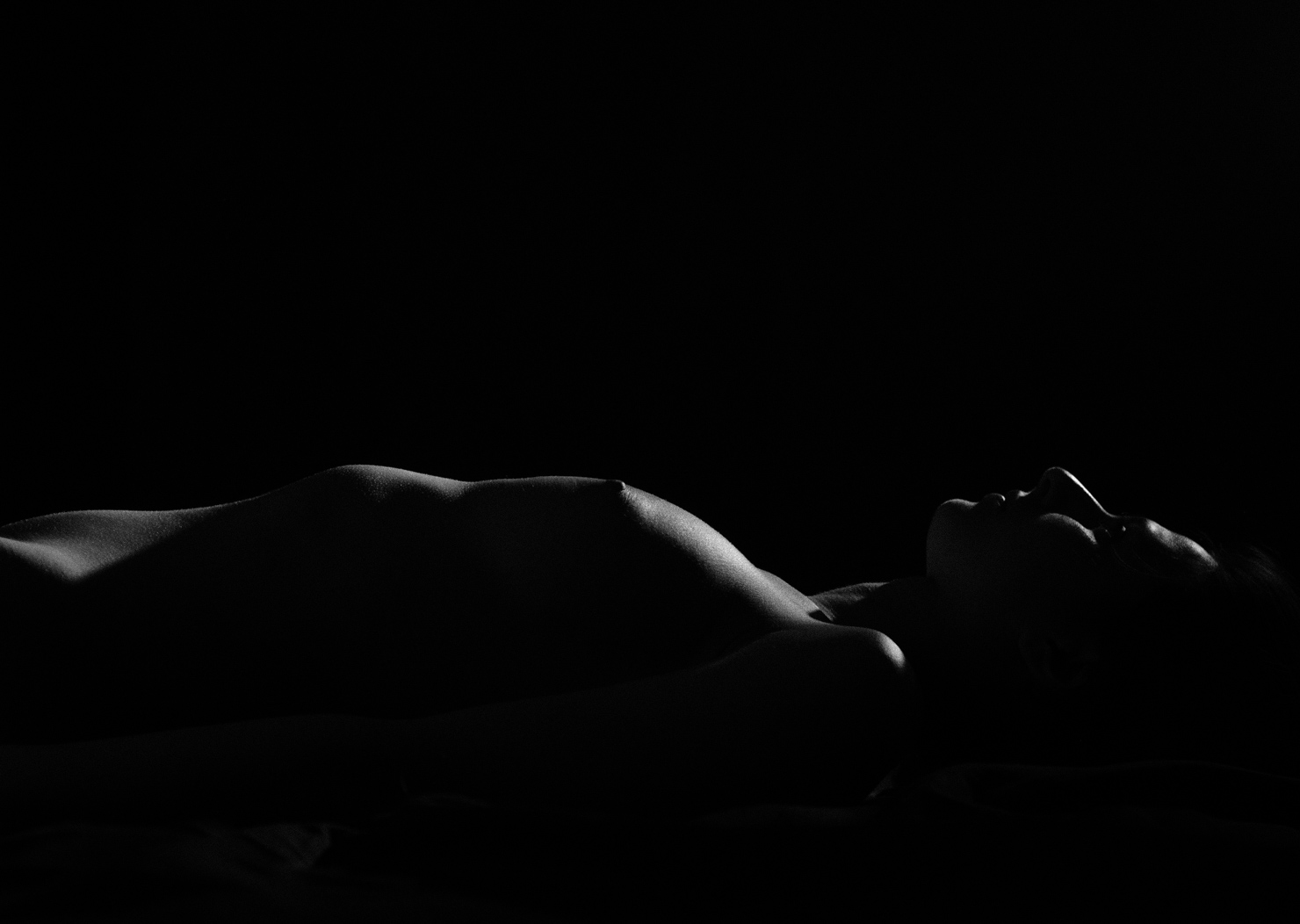
If possible, try to have a separated area where the model can have some privacy to get changed. You should also bring a robe or something along those lines in case the model prefers to be covered in between shots. Again, they may not actually end up using it, but merely knowing it’s there sends the right message and helps establish trust between the two of you. And if there’s one thing that’s absolutely indispensable for shooting nudes, it’s trust.
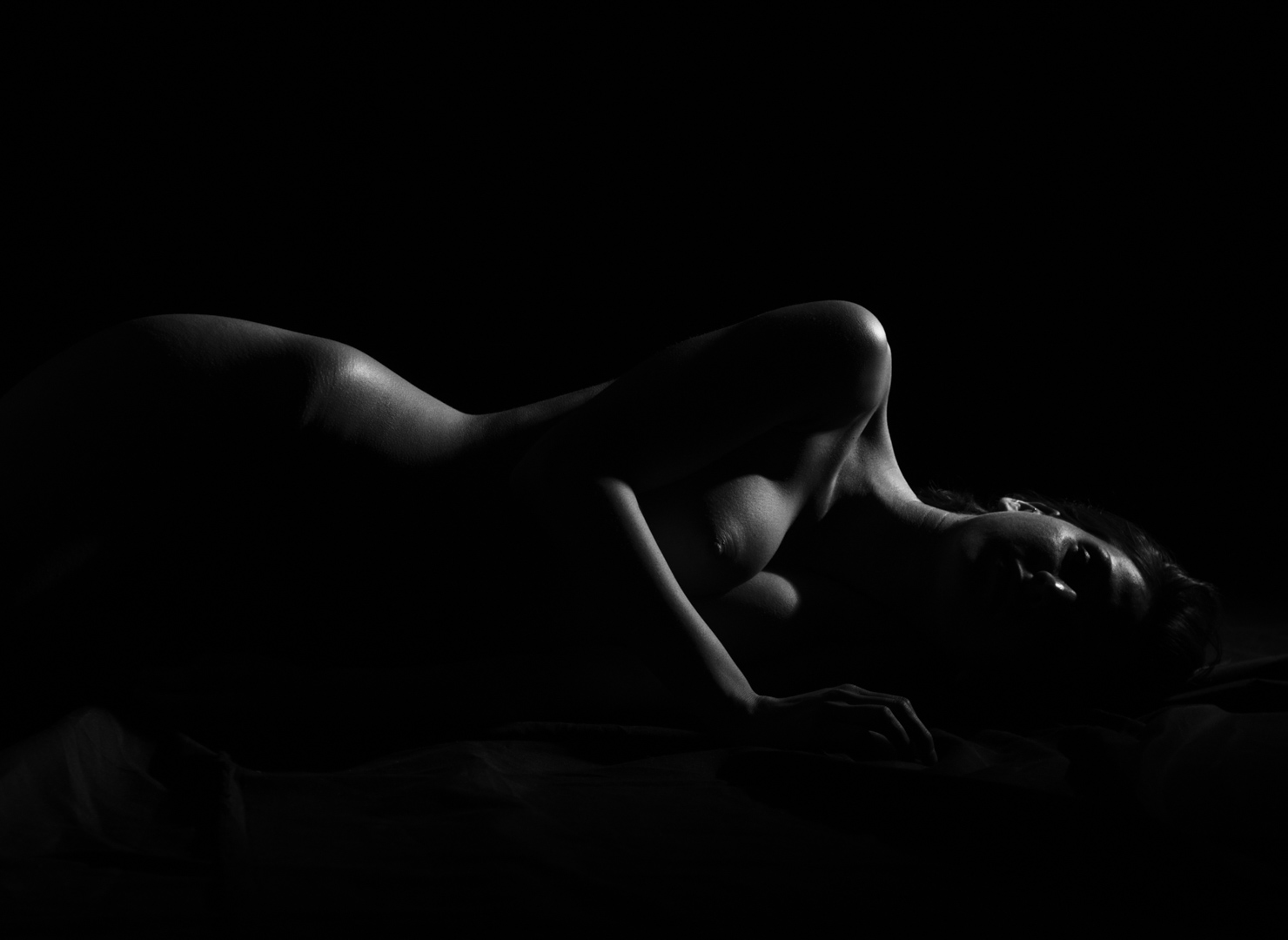
It’s also super important to act naturally. You’ll probably be nervous on your first few times, that’s perfectly normal. Don’t fight it. Try not to behave like you were just caught skipping class by your mom, and you’ll be fine. If it helps, remind yourself that we’re all naked below our clothes. It really is no big deal. Be aware that you’ll need to look at your model’s body to work the scene. That’s also ok. Don’t feel bad for looking, it’s part of your work. Just don’t stare. There’s a difference.
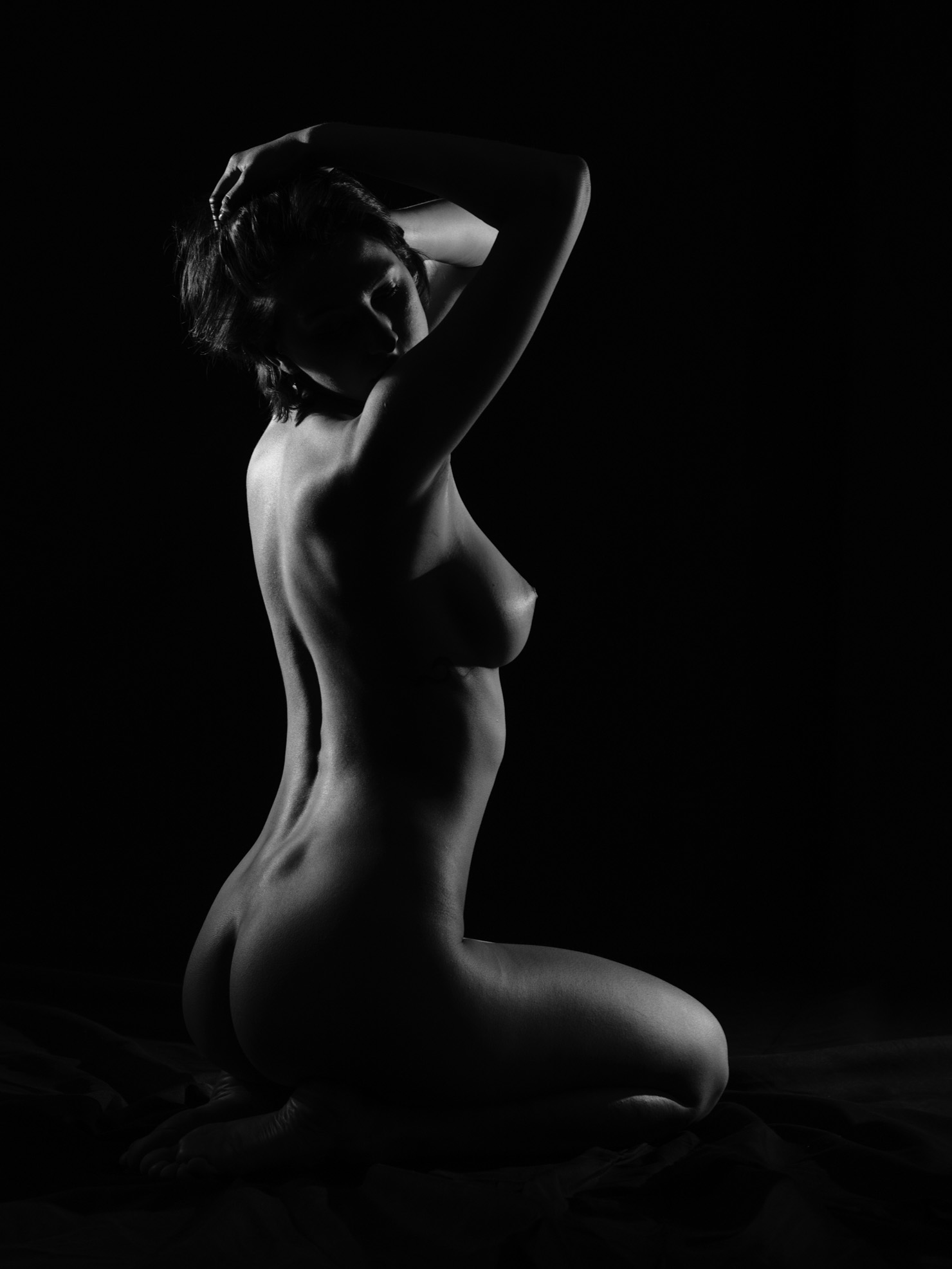
Take your time with each pose, and don’t rush things. When you’re nervous it’s tempting to try to do everything as quickly as possible, but if the end result is poor that doesn’t help anyone. Make sure your images are correct before moving on to the next pose.
Finally, the most important thing when you’re shooting nudes is giving clear, precise directions to the model. This will serve two purposes: one, it will help them do their job better and you get the results you want, and two, it will convey to the model an all-important piece of information: that you actually know what you’re doing.
Final words: practice makes perfect
To circle back to the beginning, working with models can be a challenging experience. As you’ve seen in this piece, there are many different elements to watch out for, and it takes a fair amount of work to do it right. That said, it’s also one of the most satisfying experiences in photography, and one of the best ways to learn new tricks and take a couple steps out of your comfort zone.
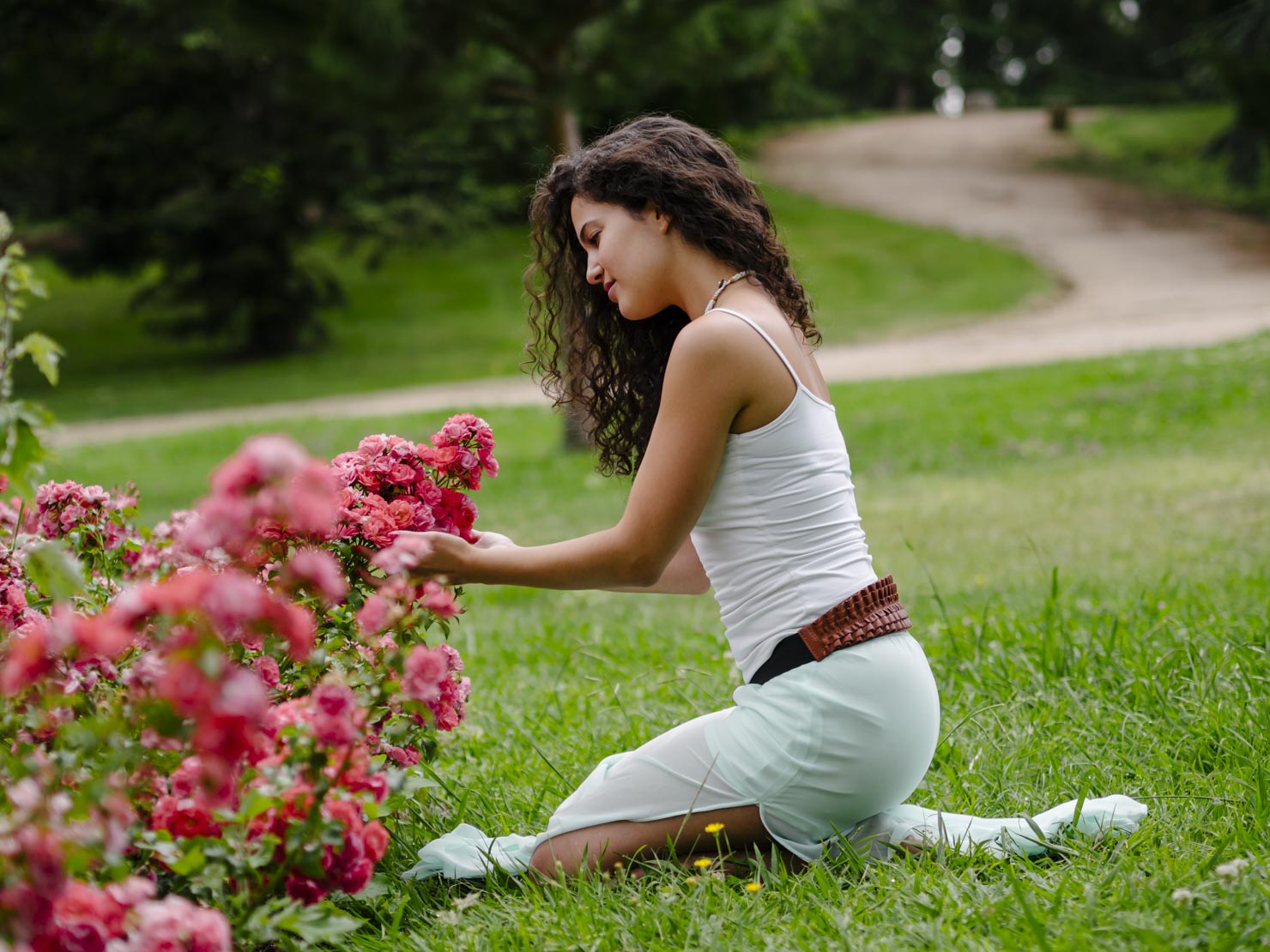
As with everything in life, ultimately the key to doing it well is doing it often. Try getting the same shots with different models to get a better sense of what stays the same and what needs changing. Each person is unique and working with lots of different people is by far the best way to improve your skills.
In any case, it’s always better to keep things small at the beginning, and try new things as your confidence level rises. Don’t put too much pressure on yourself, try to enjoy the process and you’ll get the hang of it soon enough.
Just be prepared, because that’s when the real fun begins.
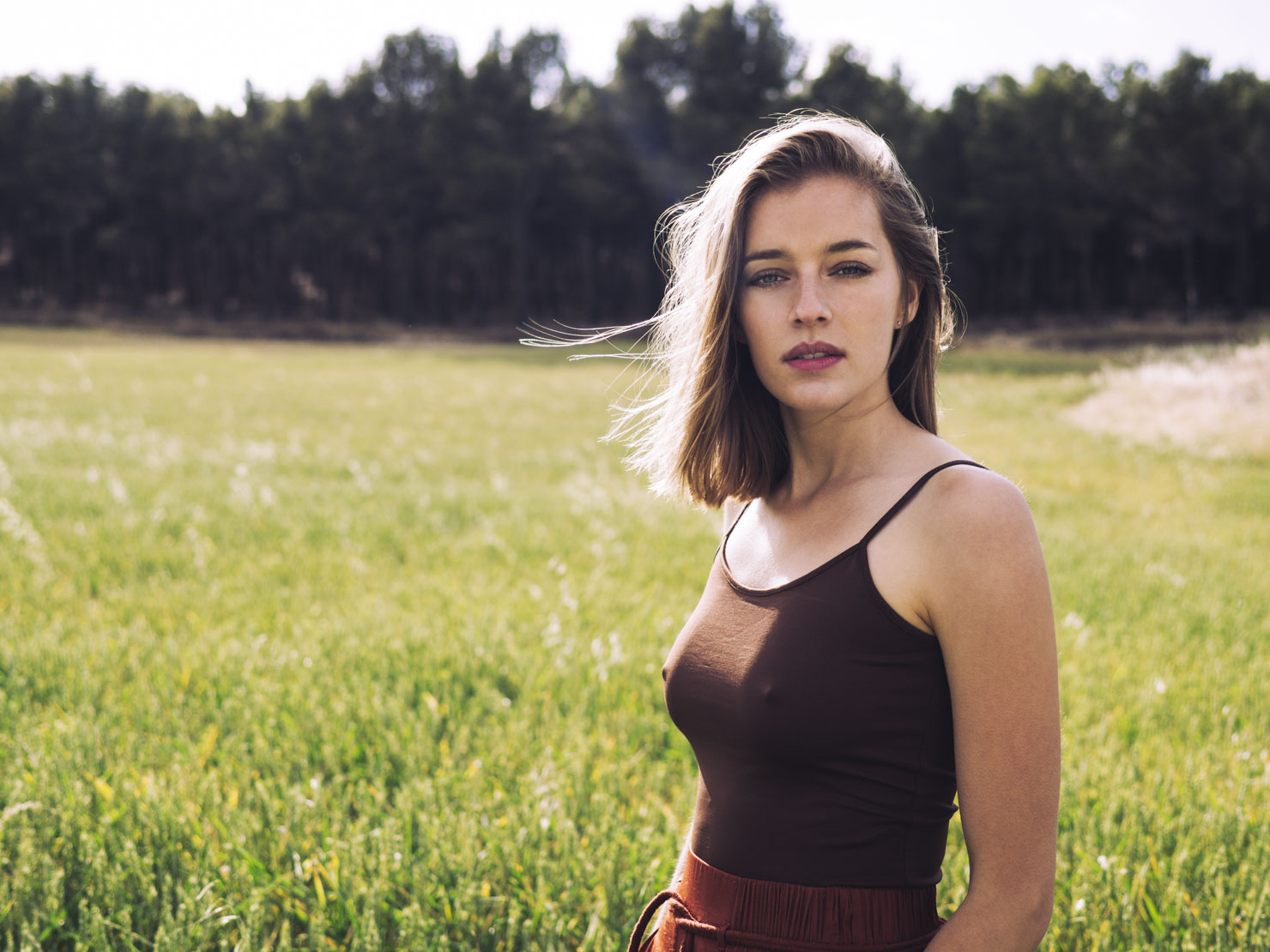
-
Unless it’s a work-for-hire situation where the model is paying you to take their picture. In that case, obviously, having them provide directions is fine, but you should still have a few ideas of your own, in case they don’t know what to ask for.↩

